BOATS BY COUNTRY – USA
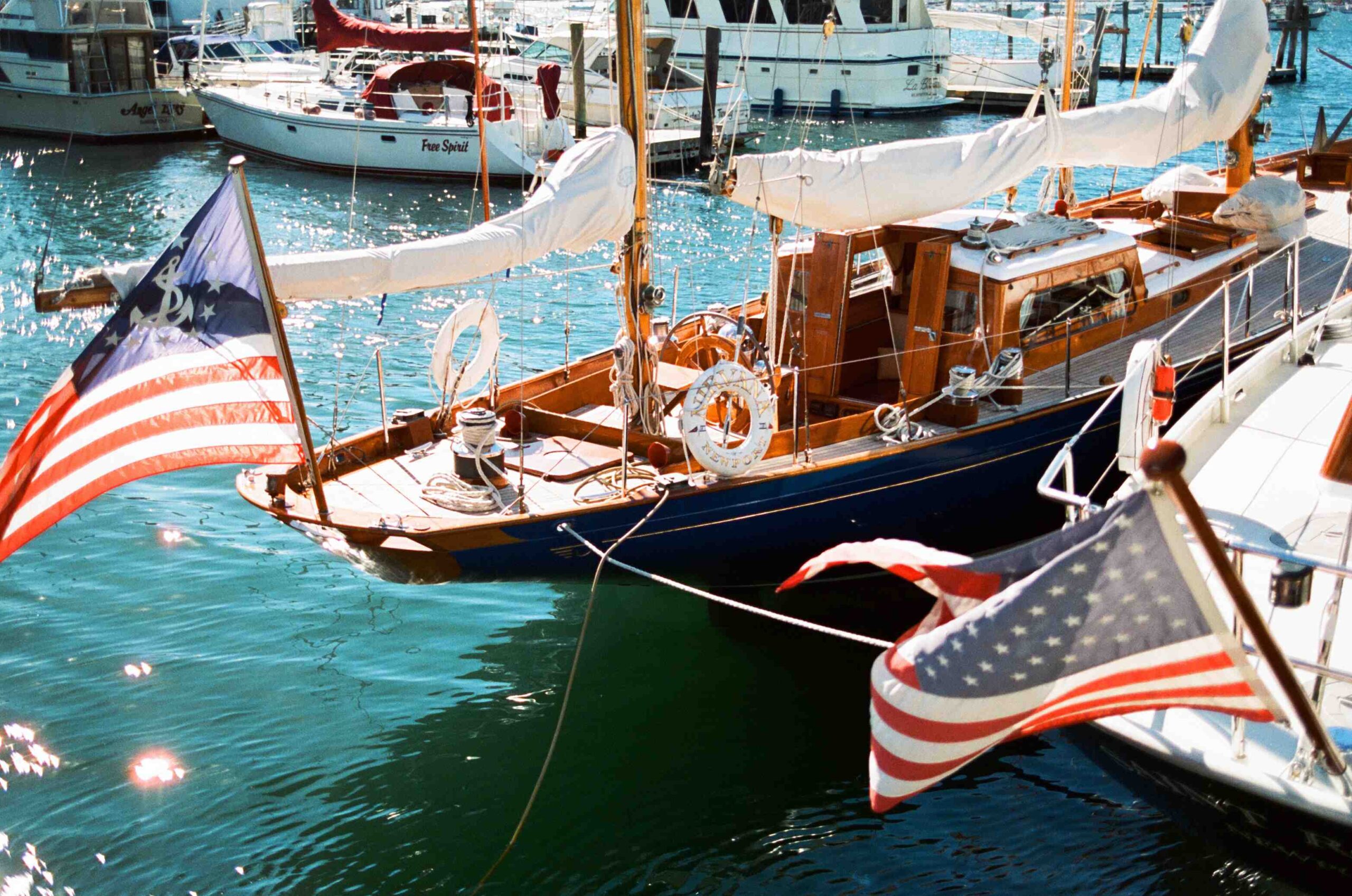 Eight years ago, I wrote a piece about the factors that influence how sailors in the EU and the USA choose their boat for bluewater sailing.
Eight years ago, I wrote a piece about the factors that influence how sailors in the EU and the USA choose their boat for bluewater sailing.
My focus this time is on the influence of available information sources for sailors, whose preferences and priorities crystallise over time in a way that narrows their choice down to a particular boat or type of boat. What I would particularly like to understand is the criteria sailors apply when deciding what boat to buy: what is it in the end that convinces them one factor is more important than another? There is obviously something interesting going on here because sailors from different countries reach strikingly different answers to what is essentially the same question – with significant implications for comfort and safety at sea. Why, for example, do sailors in the EU end up making such different choices to their counterparts in the US cruising community?
 Decades in the marine industry have done nothing to dilute my amazement – bewilderment even – at the massive divergence of opinion along geographical lines. The fundamental requirements, such as robust construction (material strength and thickness, use of appropriate reinforcement in key areas etc.), practical hull shapes and keel forms, rudder design (especially rudder design) and so on – the basics of safety and comfort at sea in other words – are surely the same for all sailors dreaming of the open ocean whatever their point of embarkation..
Decades in the marine industry have done nothing to dilute my amazement – bewilderment even – at the massive divergence of opinion along geographical lines. The fundamental requirements, such as robust construction (material strength and thickness, use of appropriate reinforcement in key areas etc.), practical hull shapes and keel forms, rudder design (especially rudder design) and so on – the basics of safety and comfort at sea in other words – are surely the same for all sailors dreaming of the open ocean whatever their point of embarkation..
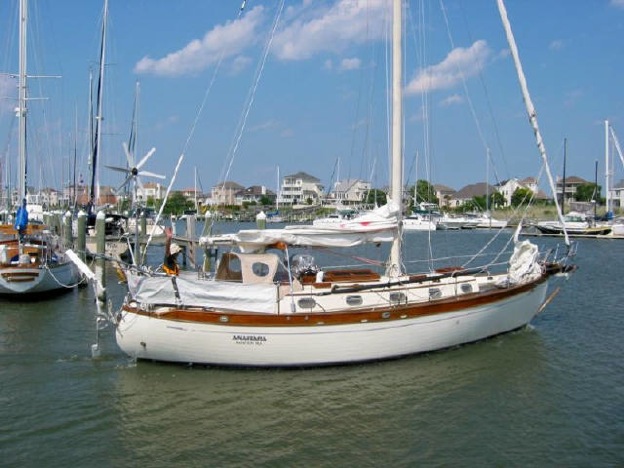
Baba 35
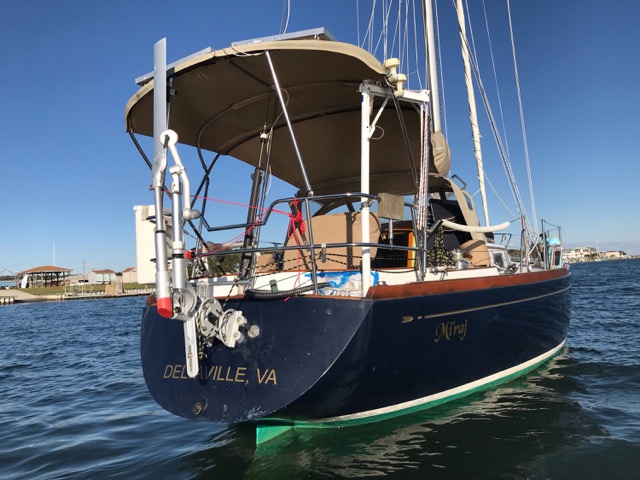
Bristol 38.8
My past musings in the Boats by Country series have investigated the situation in Germany, the Netherlands and France to identify the main national peculiarities.
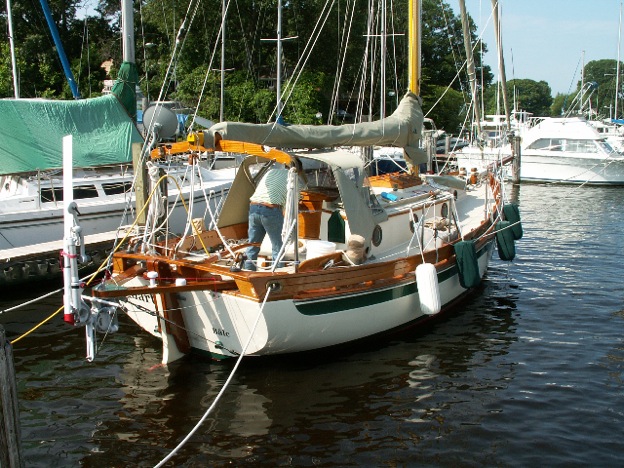
Bristol Channel Cutter
Keel: long or short, lifting keel with or without internal ballast Keel attachment: bearing surface against hull, number of bolts x area Rudder: keel-hung, with or without skeg, number and spacing of bearings,
Engine: fixed shaft or saildrive
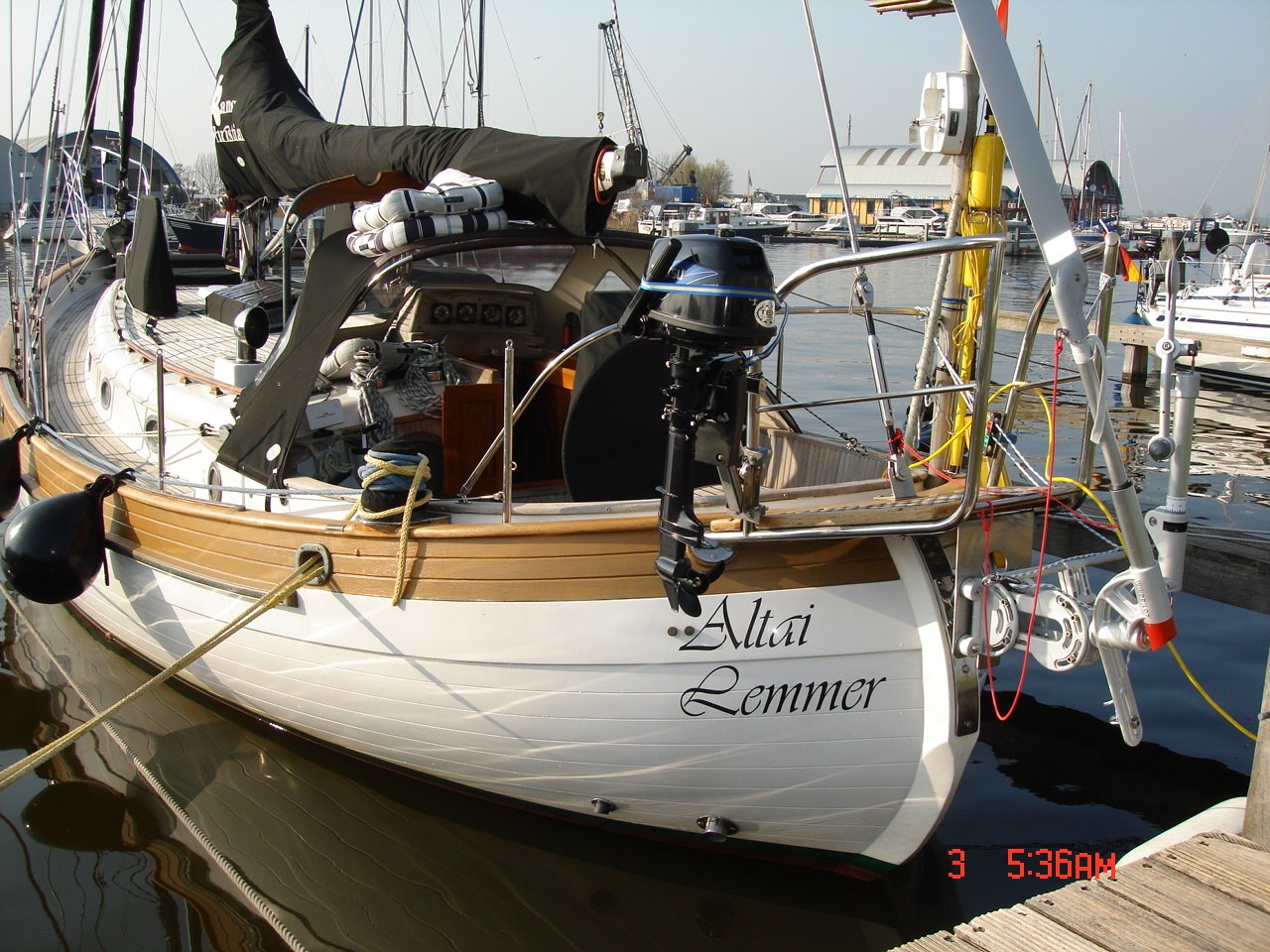
Hans Cristian 43
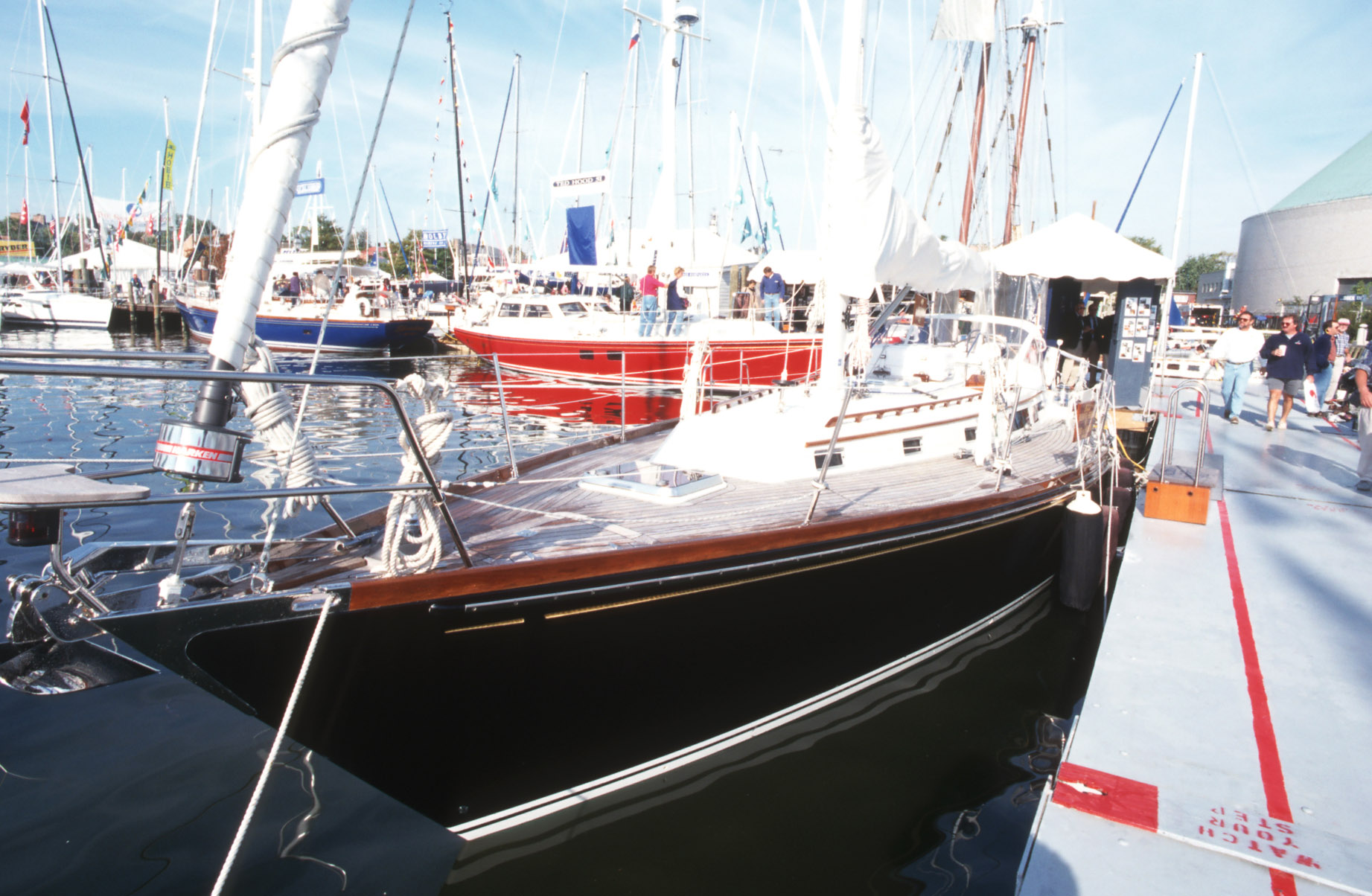
Hinckley Southwester 52
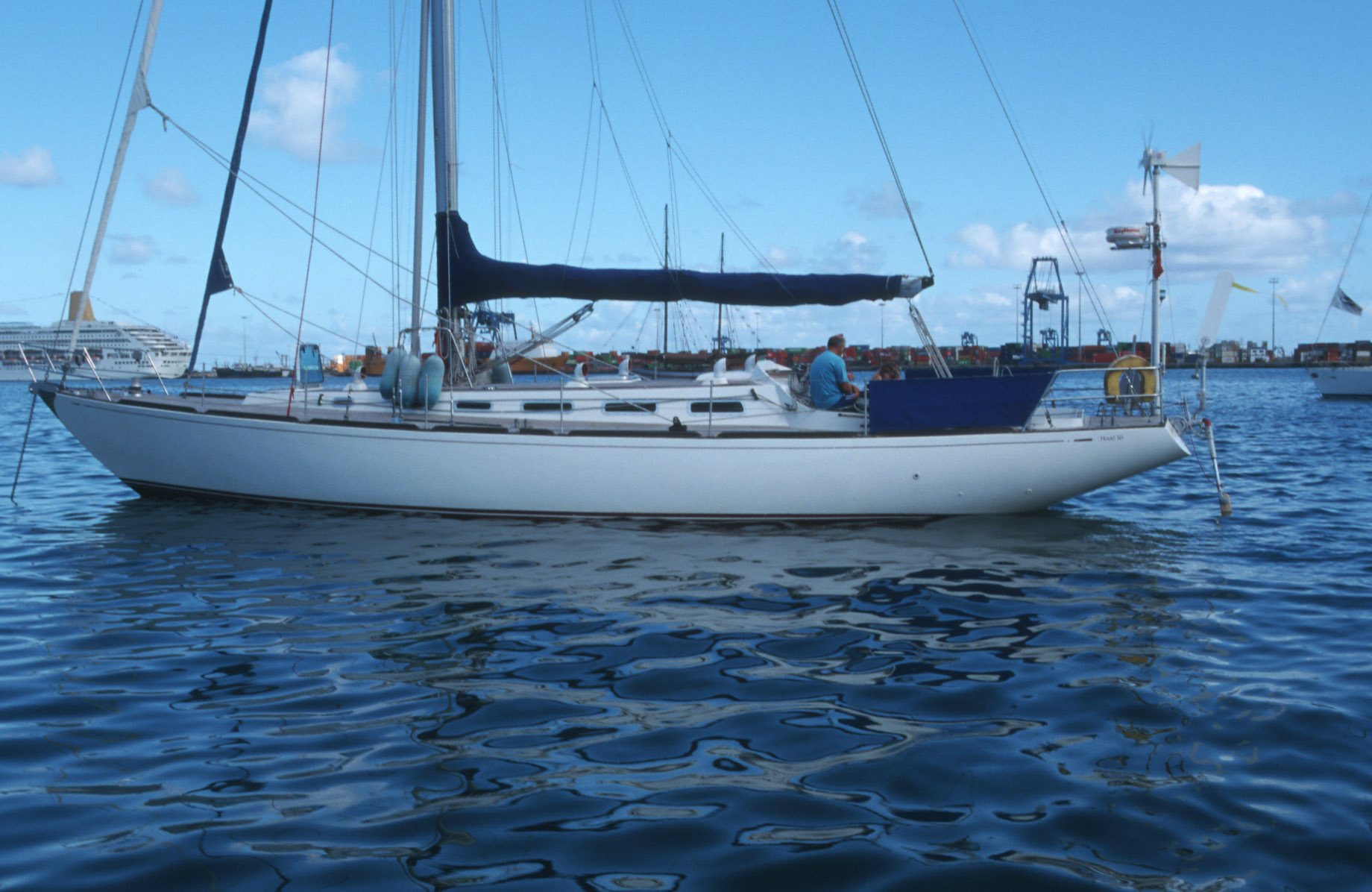
Hood 50
First of all, it has to be said that on the whole sailors are no fools and tend to be rather sensitive about being steered: any attempt to influence their opinions requires considerable finesse and people striking the wrong note can easily find themselves on very thin ice.
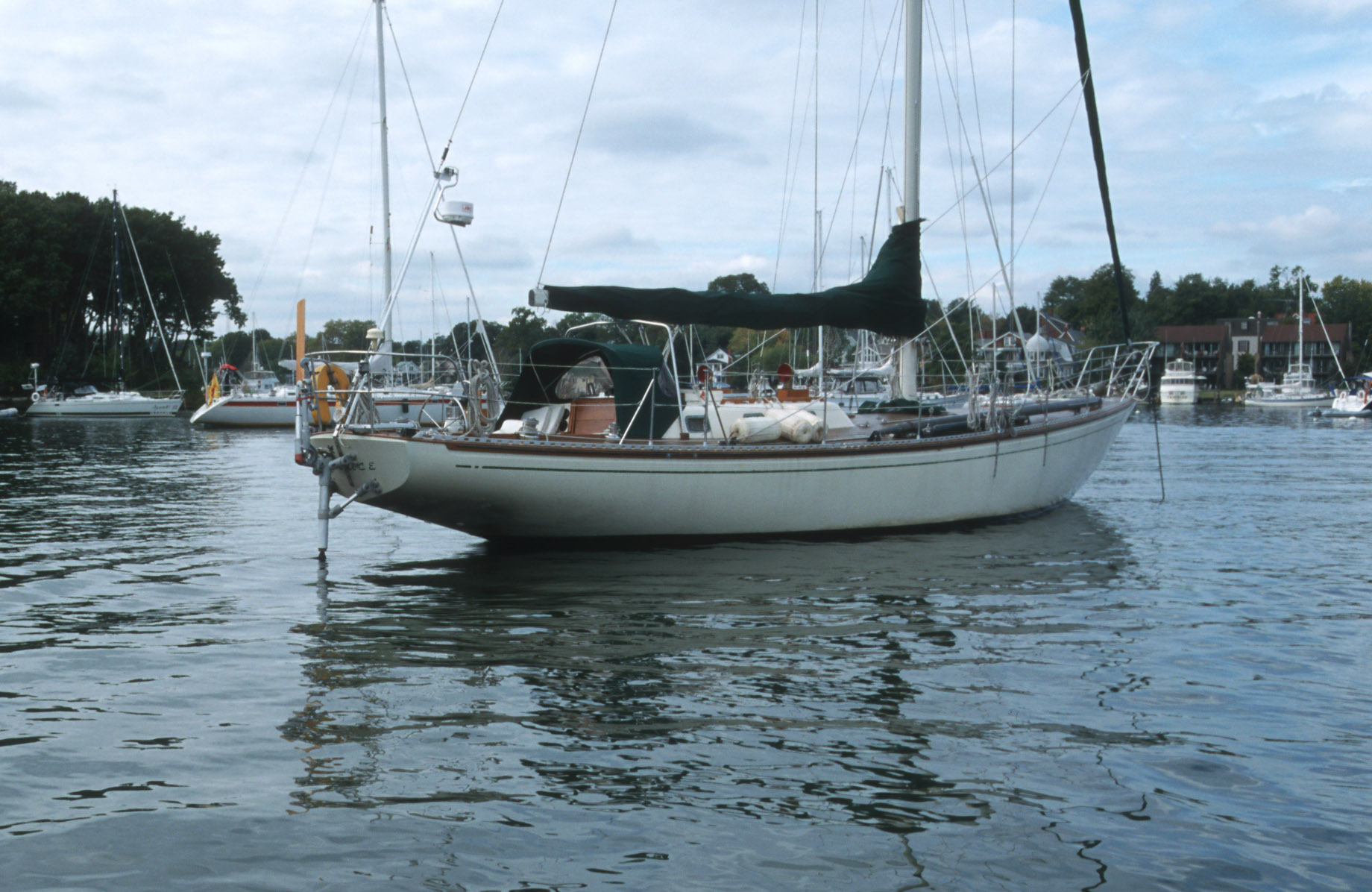
Mason 50
THE MARKETING PILLARS
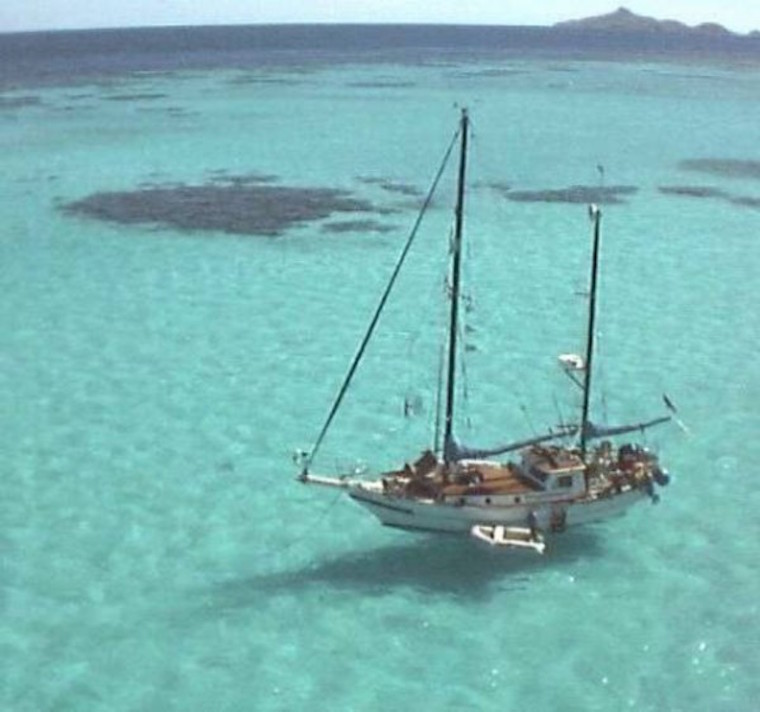
CT 35
SEGELMAGAZINE – PROMOTIONS – BOATSHOWS
The effectiveness of the cosy relationship that exists between the big yards and the sailing press is beyond question: the magazines have a readership thirsty for information and pages to fill with reports and reviews, the yards have a story to tell and an advertising budget sufficient to help the magazines keep the wolf from the door. Gain a magazine recommendation as “suitable for bluewater use” and you have a valuable mark of quality – perhaps even a unique selling point – to wield in your marketing material. Whether smart sailors take it all at face value is a different matter of course. The intertwined interests of yards, brokers and the media are no secret and it doesn’t take an enormous about of insight to realise that what passes for a test sail very often involves only the barest minimum of actual testing. A delicate balancing act indeed!
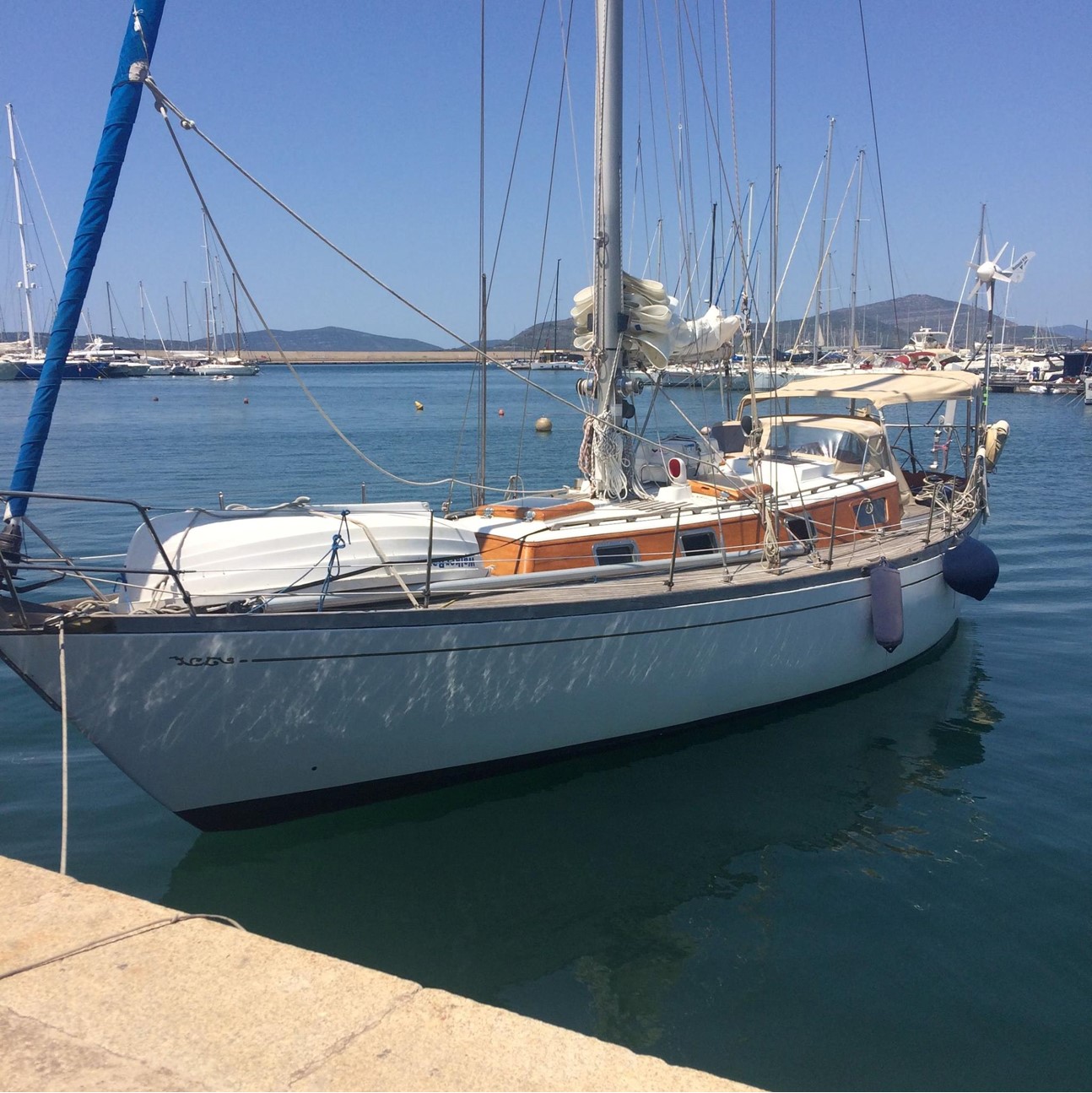
Cheoy Lee Offshore 34
It seems only logical that the wide range of first-hand information available from sources like experienced long-distance sailors would have a considerable influence on bluewater boat-purchasing decisions. In the absence of such resources, marketing, magazine ads and seminars probably assume a greater role. The internet hosts an owners’ association – often with an allied forum – for virtually all the established classes and designs and these sites, which provide an opportunity to find out what actual owners and users think, are a wonderful point of reference in the decision-making process.
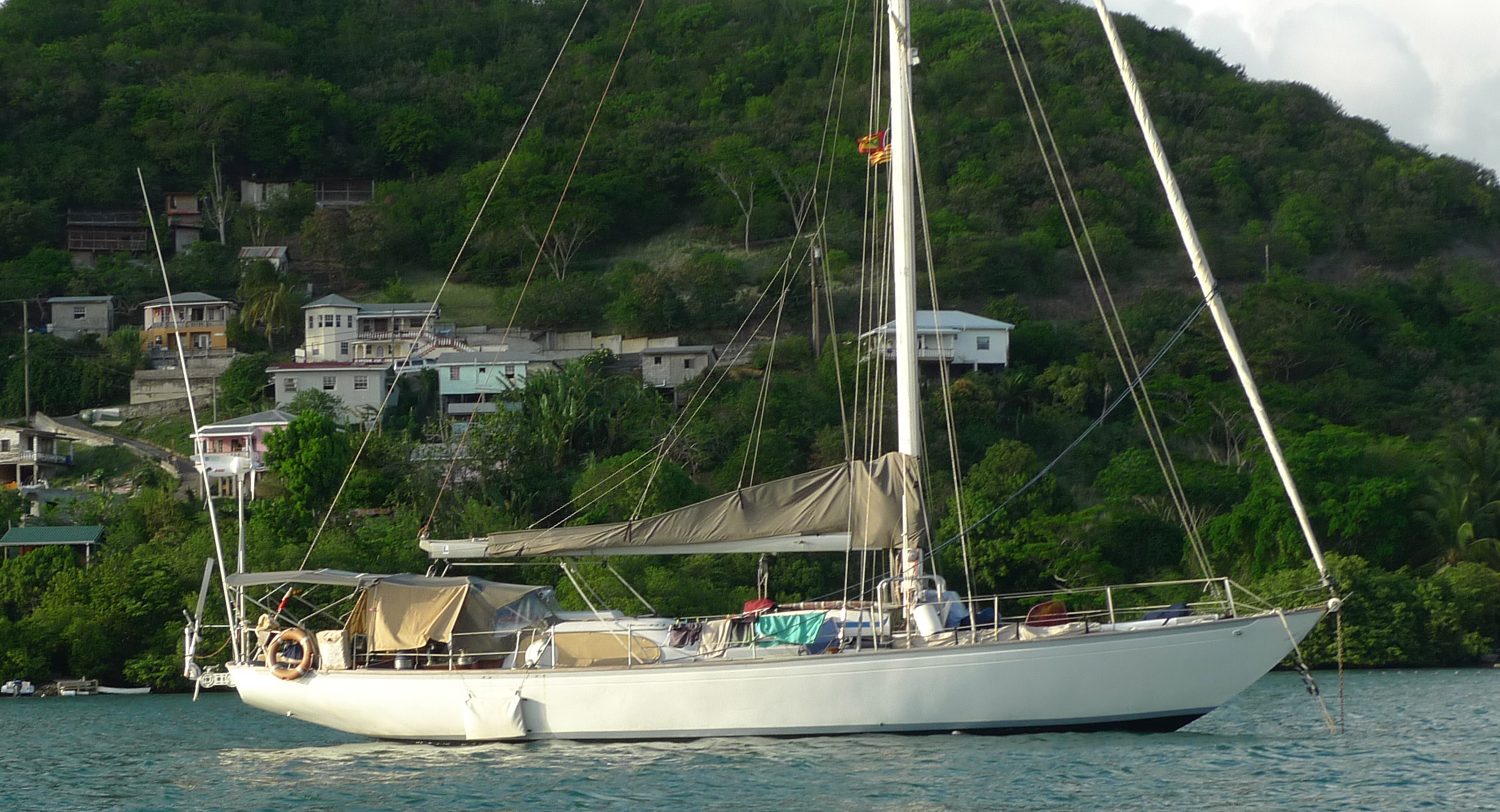
Columbia 55
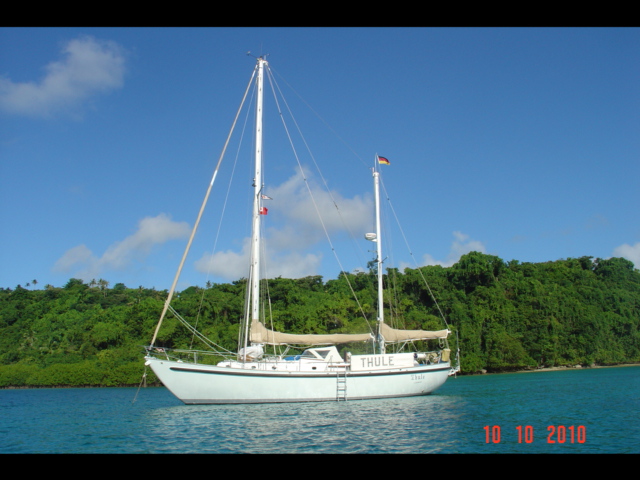
A&R42 – SV Thule
I am always struck by how much more popular traditional designs are with bluewater sailors in the US than with their counterparts over here. This must, I think, reflect the influence of the numerous highly experienced US-based sailors who put their expertise down in writing and share it in self-published books. This real knowledge from real people is invaluable and appears to have left a clear mark on the large bluewater cruising community in the USA. Almost all of these sailors are also active members of theSSCAa lively and dedicated organisation that understands how to make sailors’ experiences accessible to a large community.
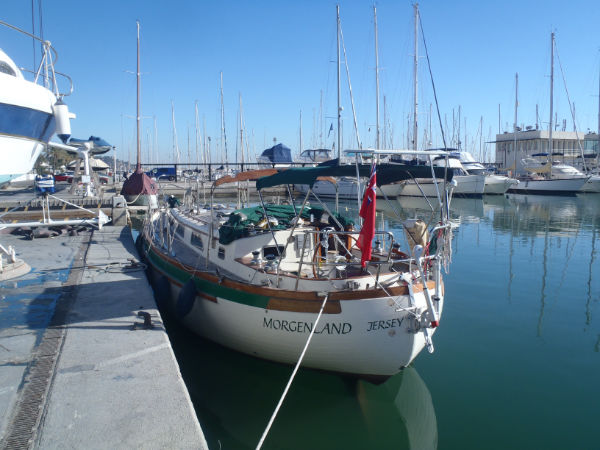
Formosa 42
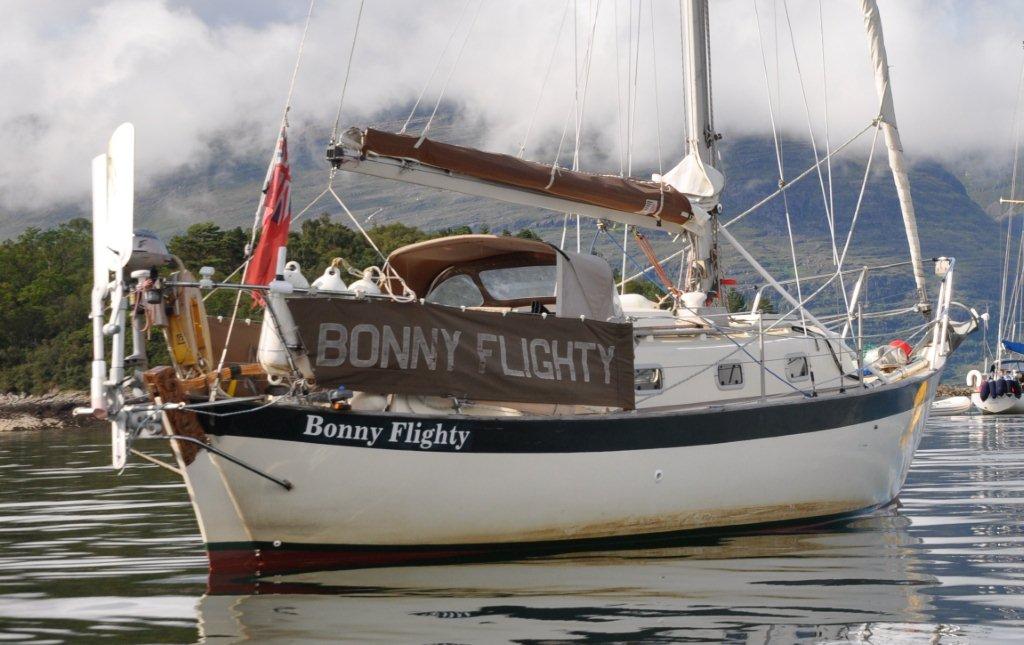
Frances 26
My database covering all of the yacht designs ever produced on a significant scale, which I have been building for decades, now includes almost 4,000 different boats from around the world. Looking down the list of models especially popular in the USA (some of which have acquired almost legendary status over there), I am struck by how many of them are completely unknown here in Germany. Interestingly, many of these stateside favourites have been keeping serious bluewater sailors happy for years and have plenty of life left in them despite having been out of production for a long time. Many of these boats, which give the impression of having been built for eternity, were produced in the shipyards of Taiwan, where manufacturer HYLASstill operates.
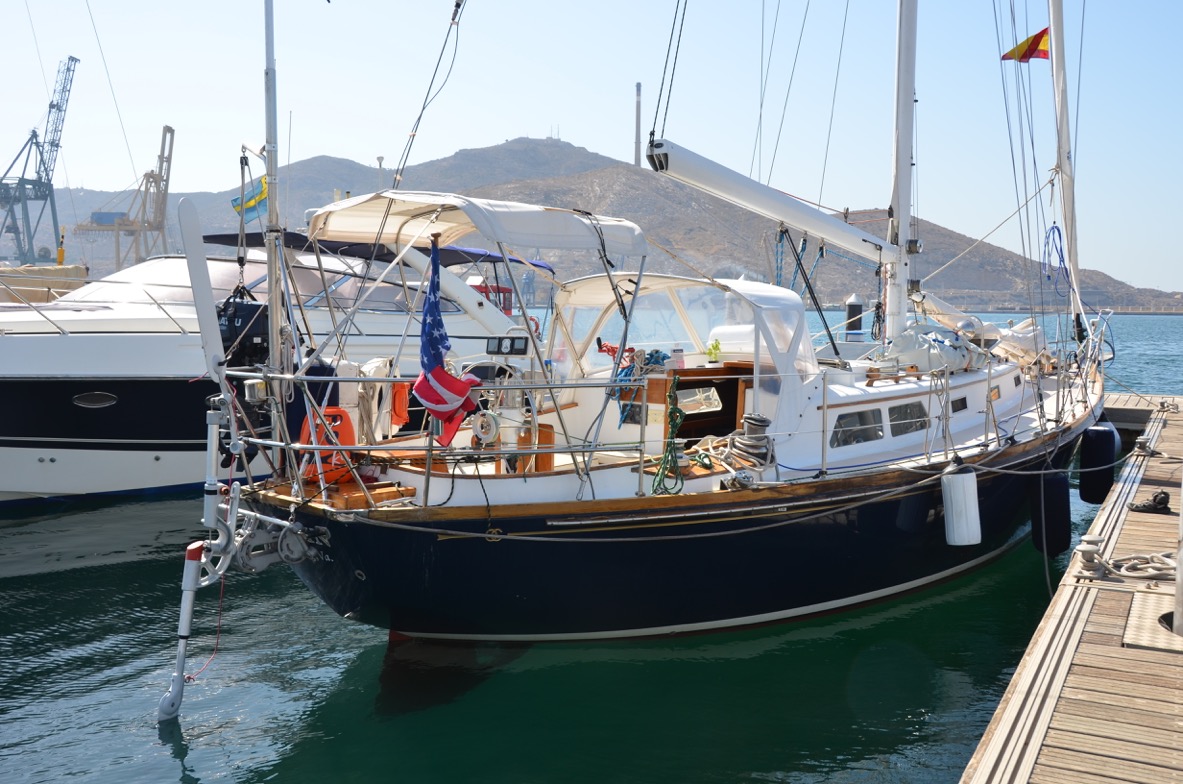
Hinckley 40
I am sure it is no coincidence that the people behind the HANSE and BAVARIA lines chose brand names that would immediately bring to mind traditional German virtues among sailors in the USA. Competition from their boats, developed and built in the EU using the latest industrial production methods, has helped to drive a number of US yards to the wall, especially in the 1990s. And yet the fleet of robust older generation yachts still seems to be pretty much as big as ever. That, at least, is my impression as someone who is very frequently called on to supply transom ornamentation for boats of this genre.
See below for photos of some of the long-running favourites in the US market.
Hamburg 21.06.2020
Peter Foerthmann

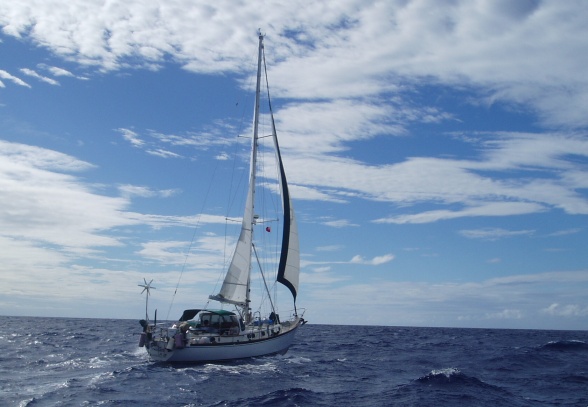
Petersen 44
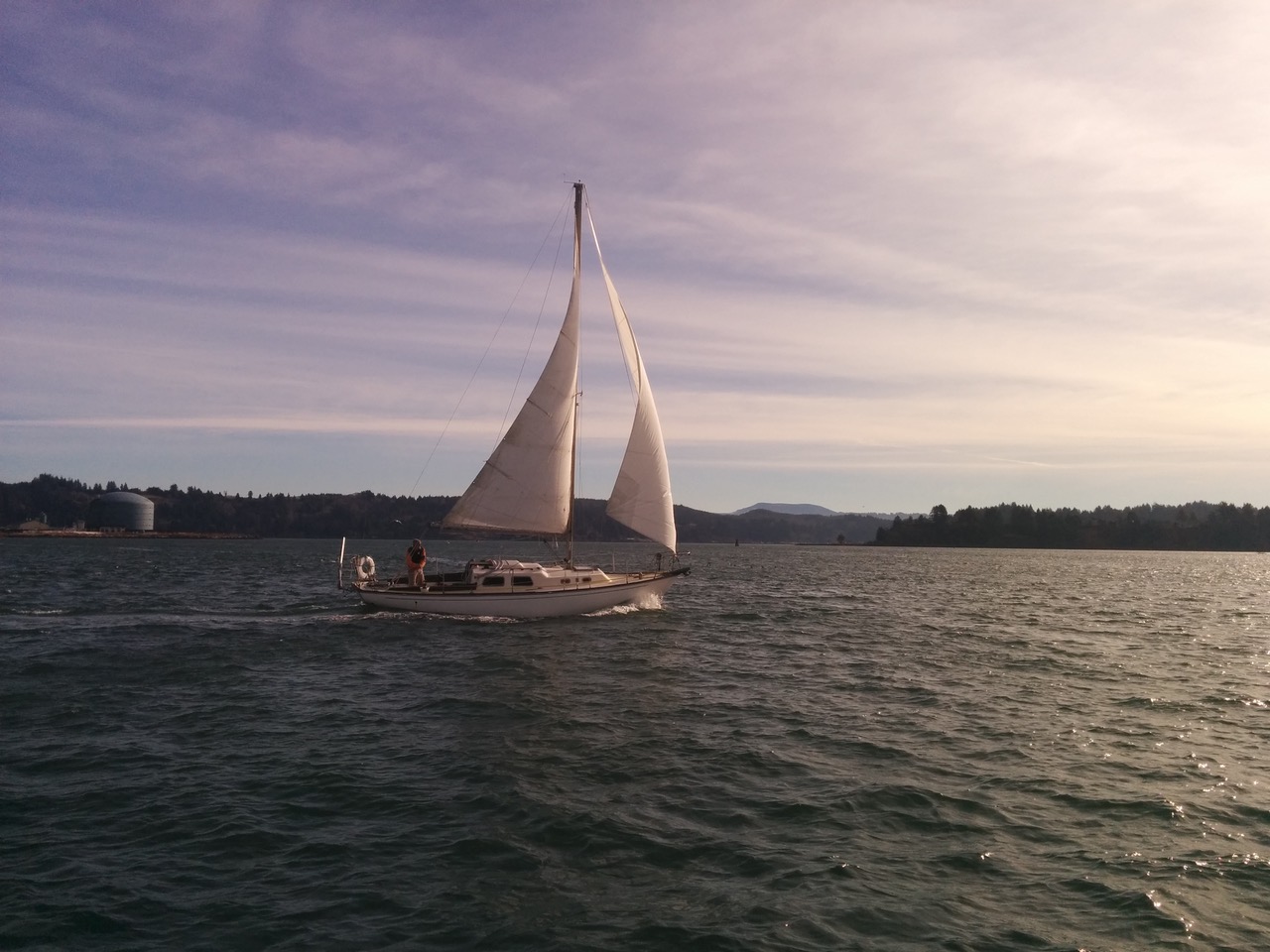
Alberg 30
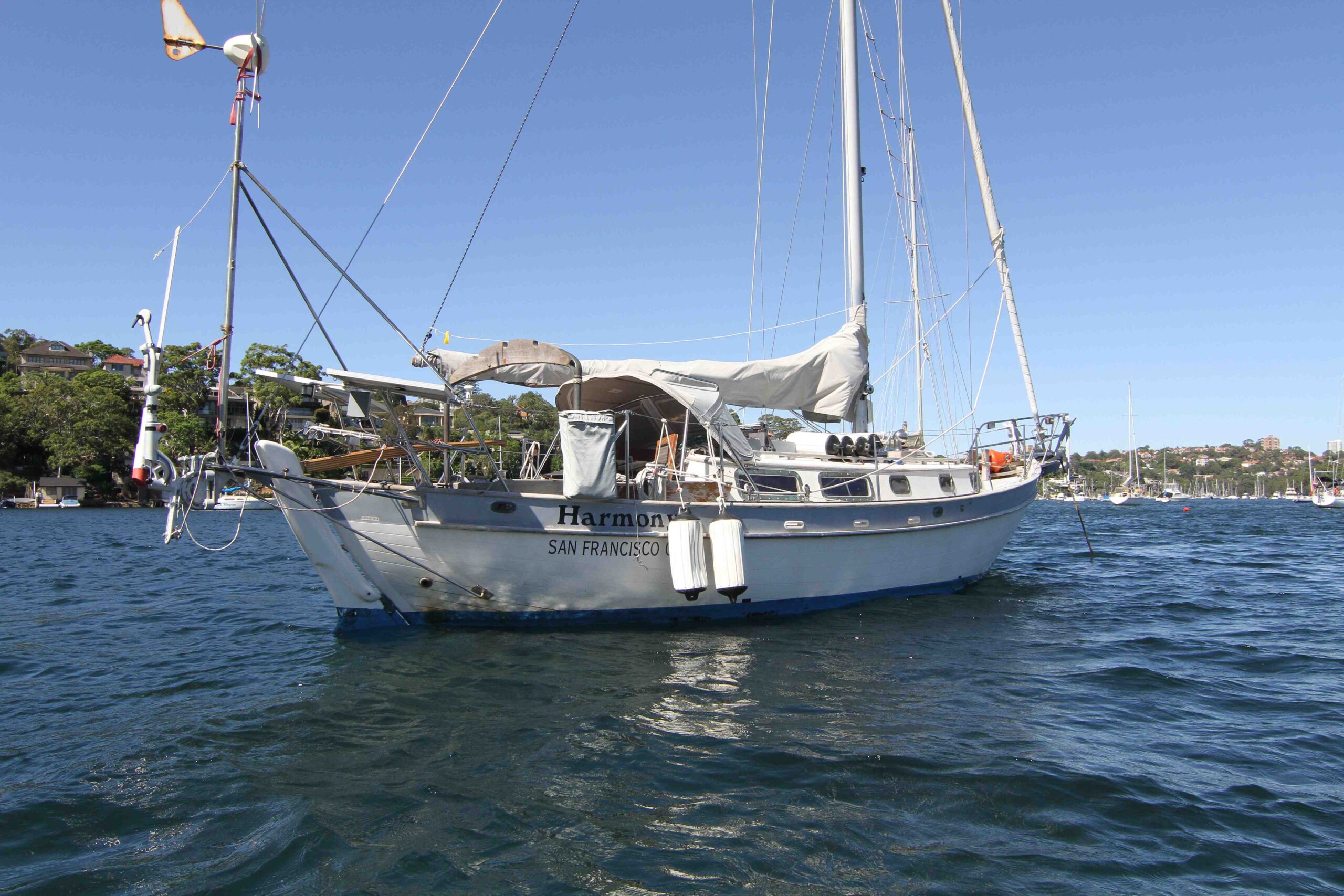
Aries 32
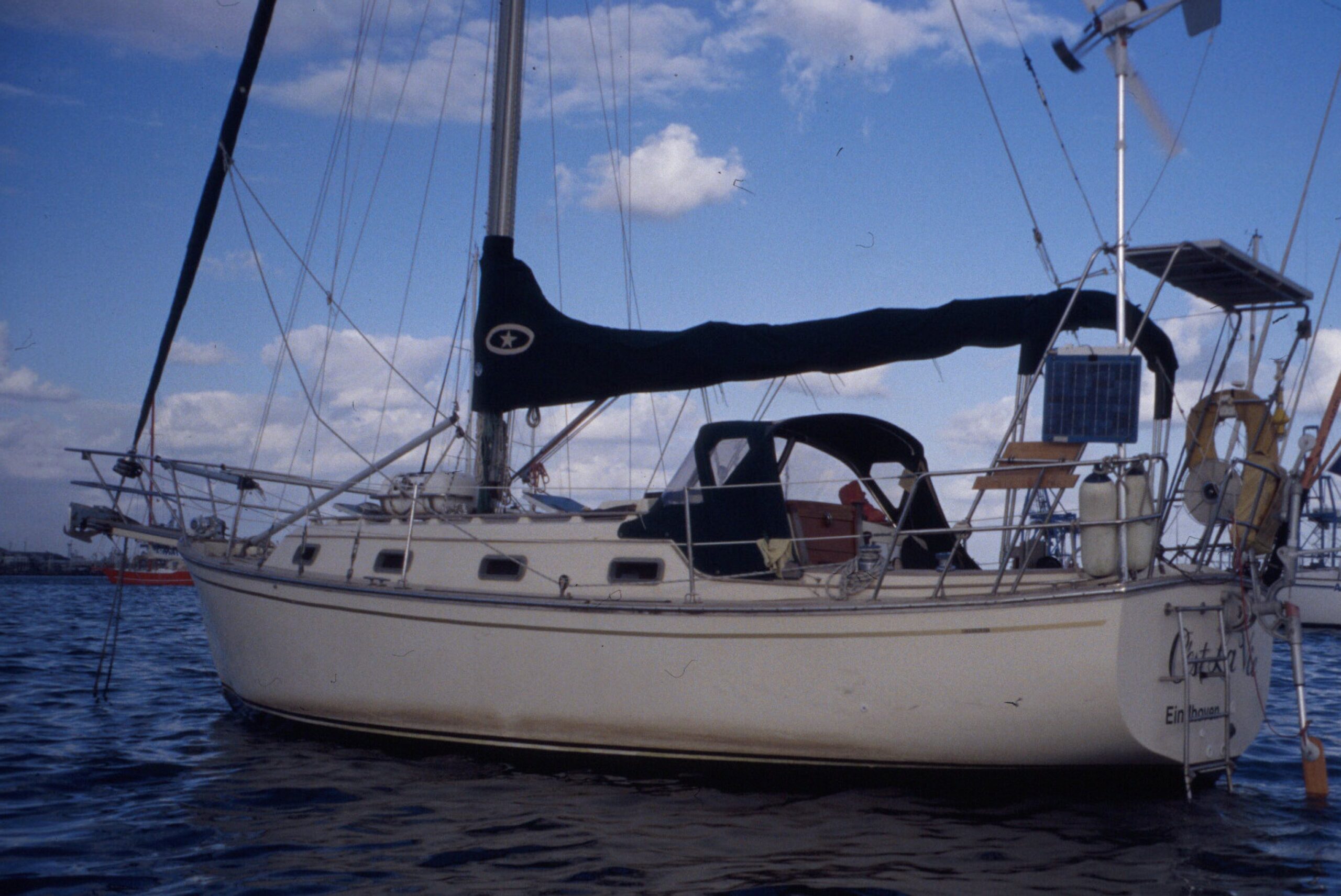
Island Packet 35
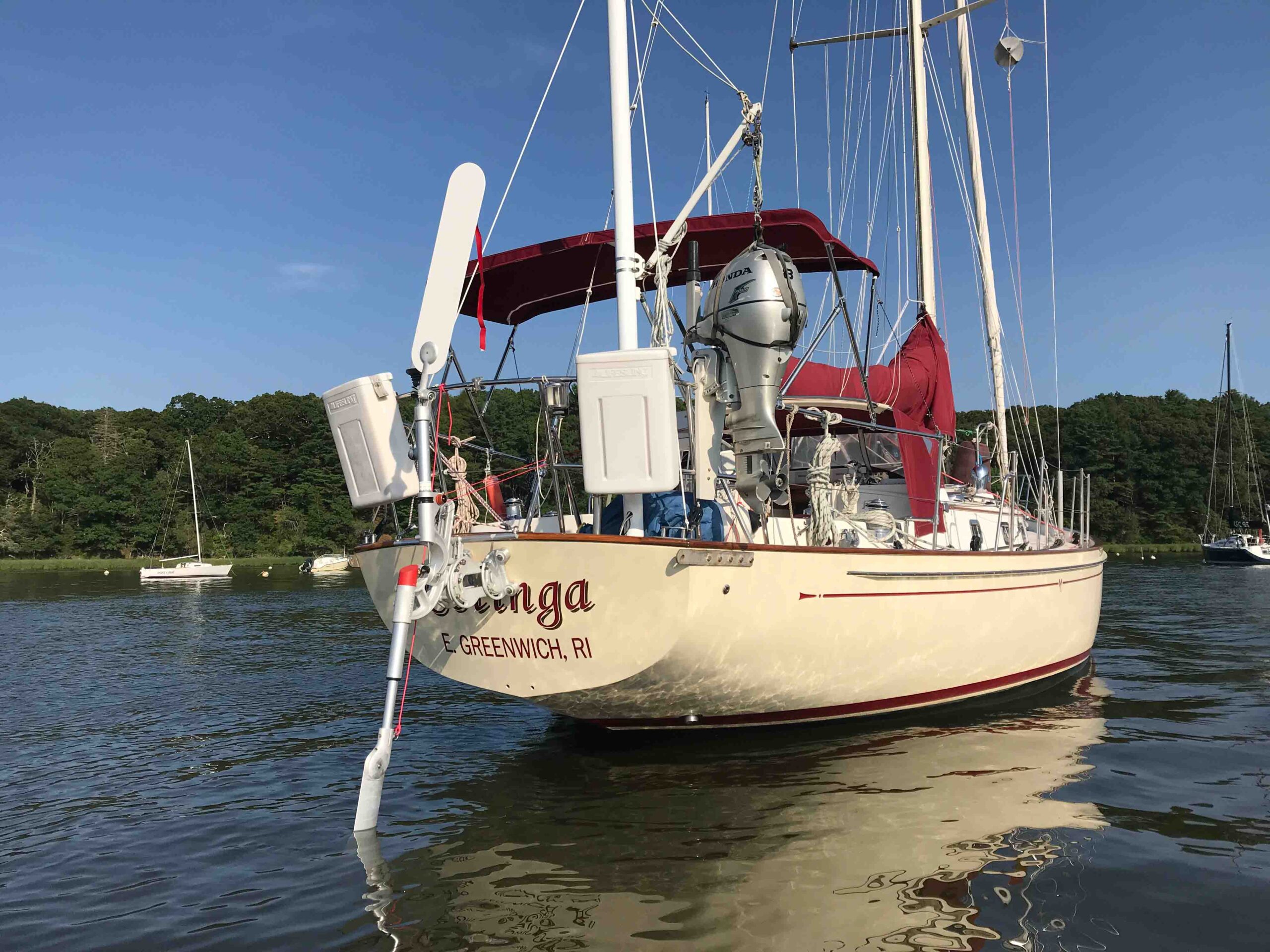
Morris 46
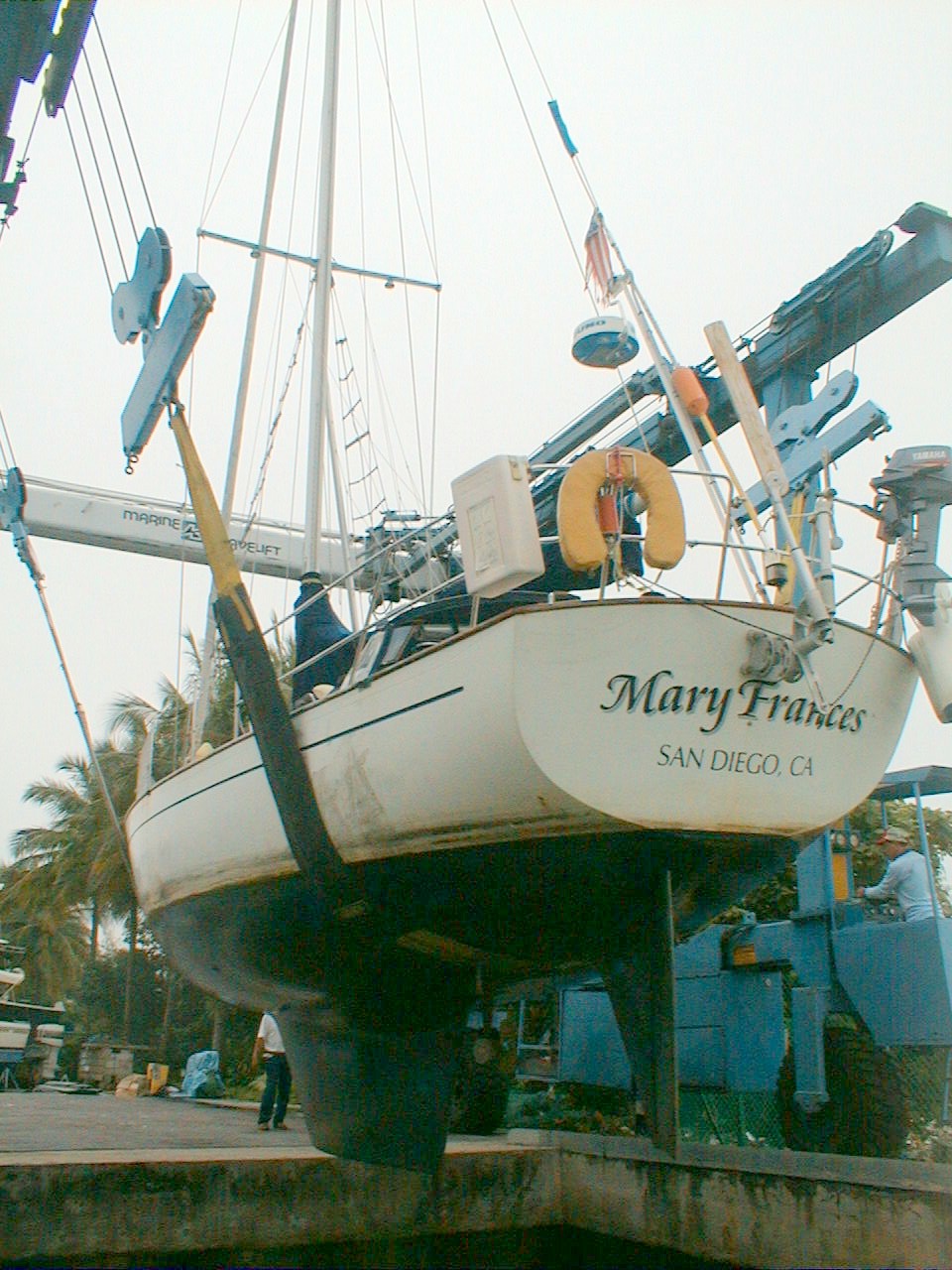
Passport 40
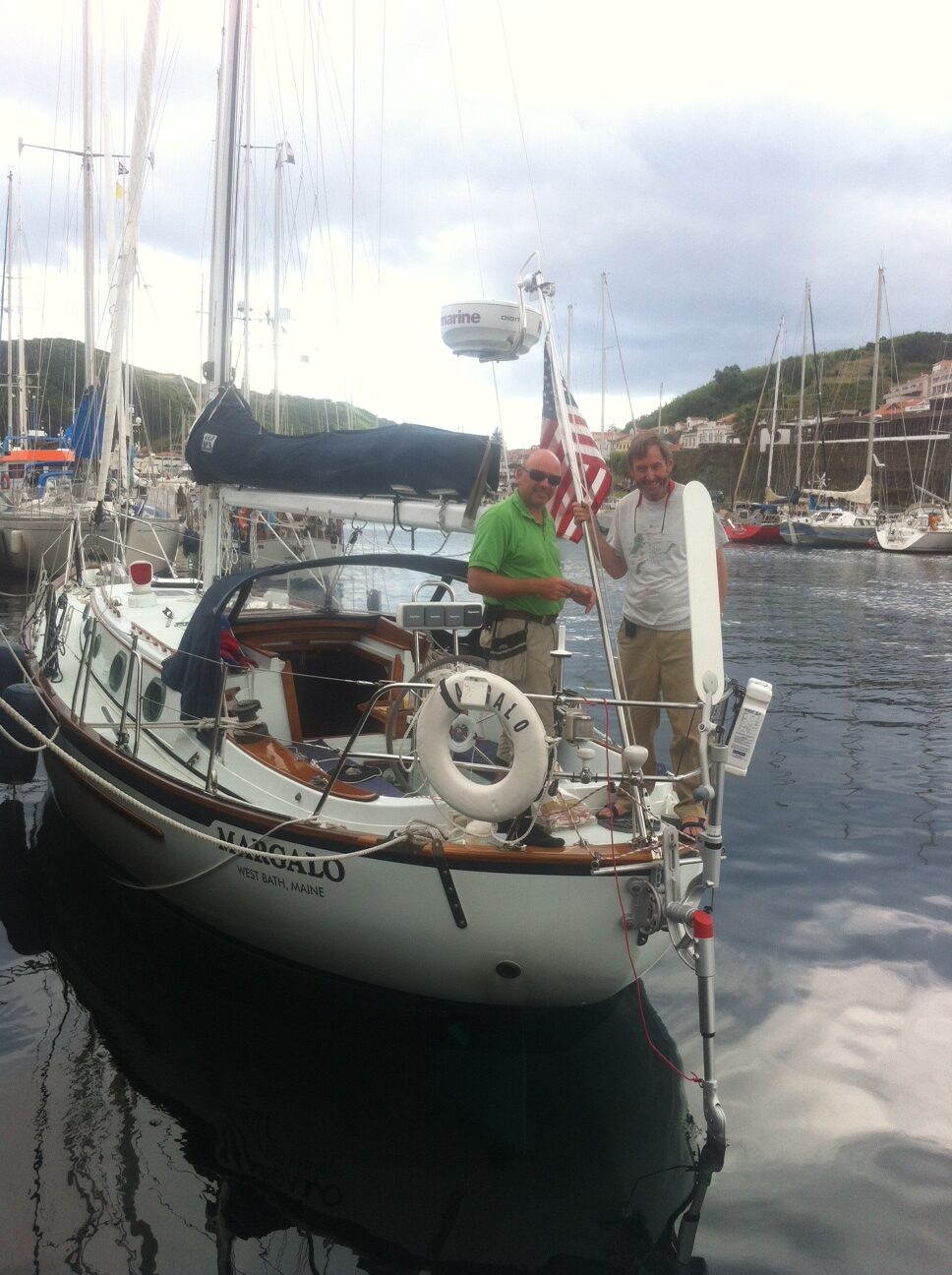
Pacific Seacraft 37
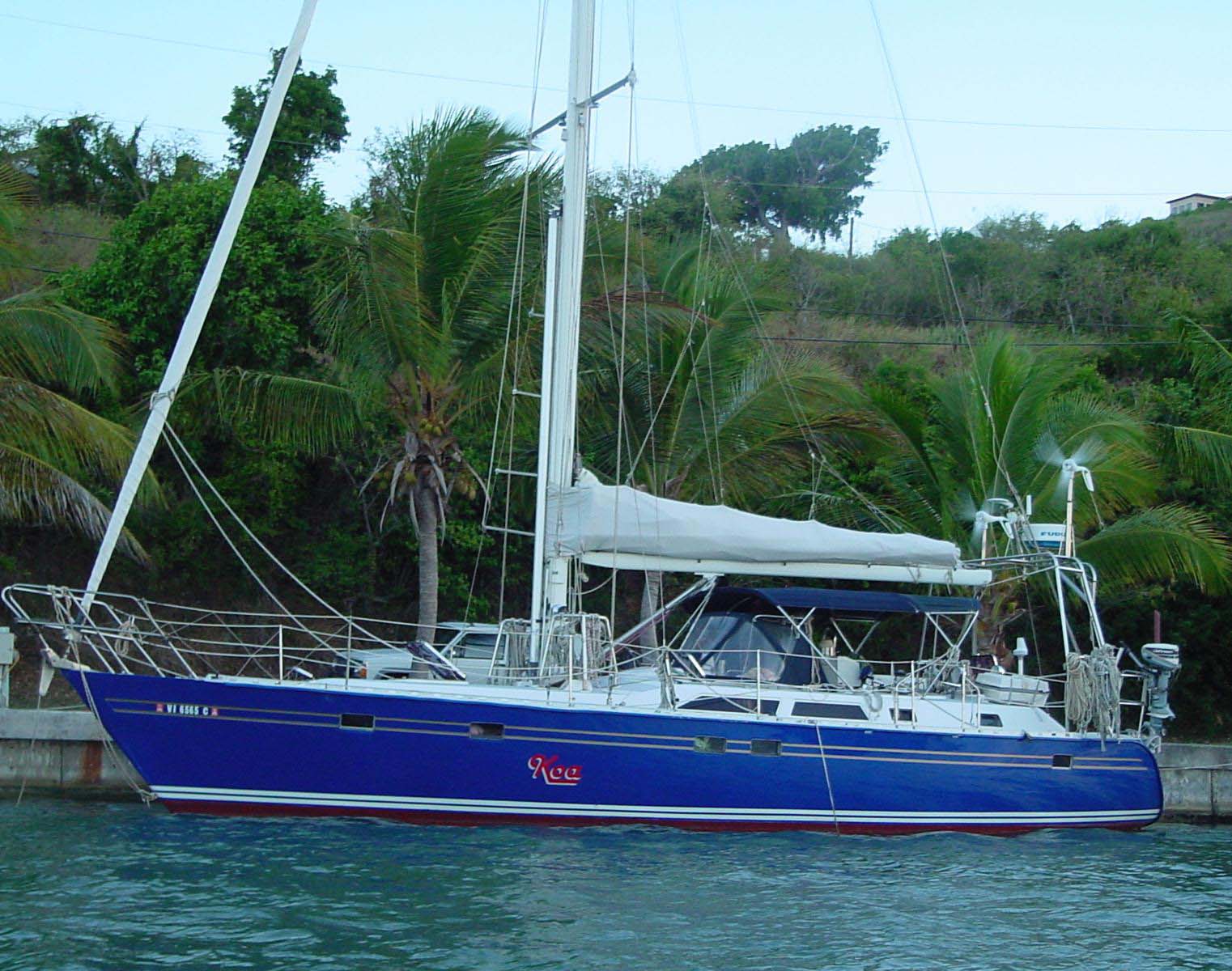
Taswell 43
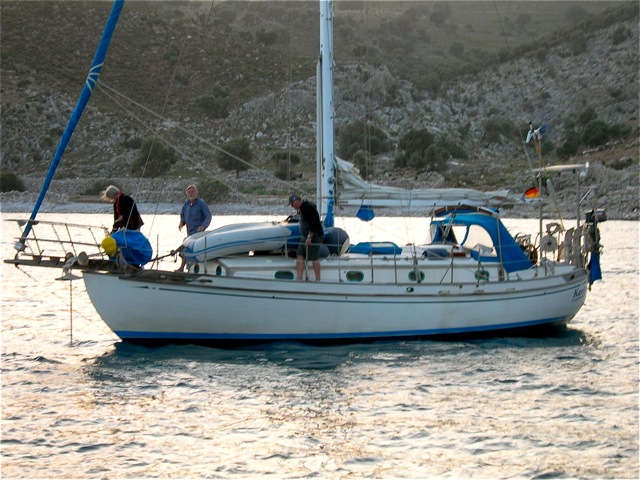
Tayana 37
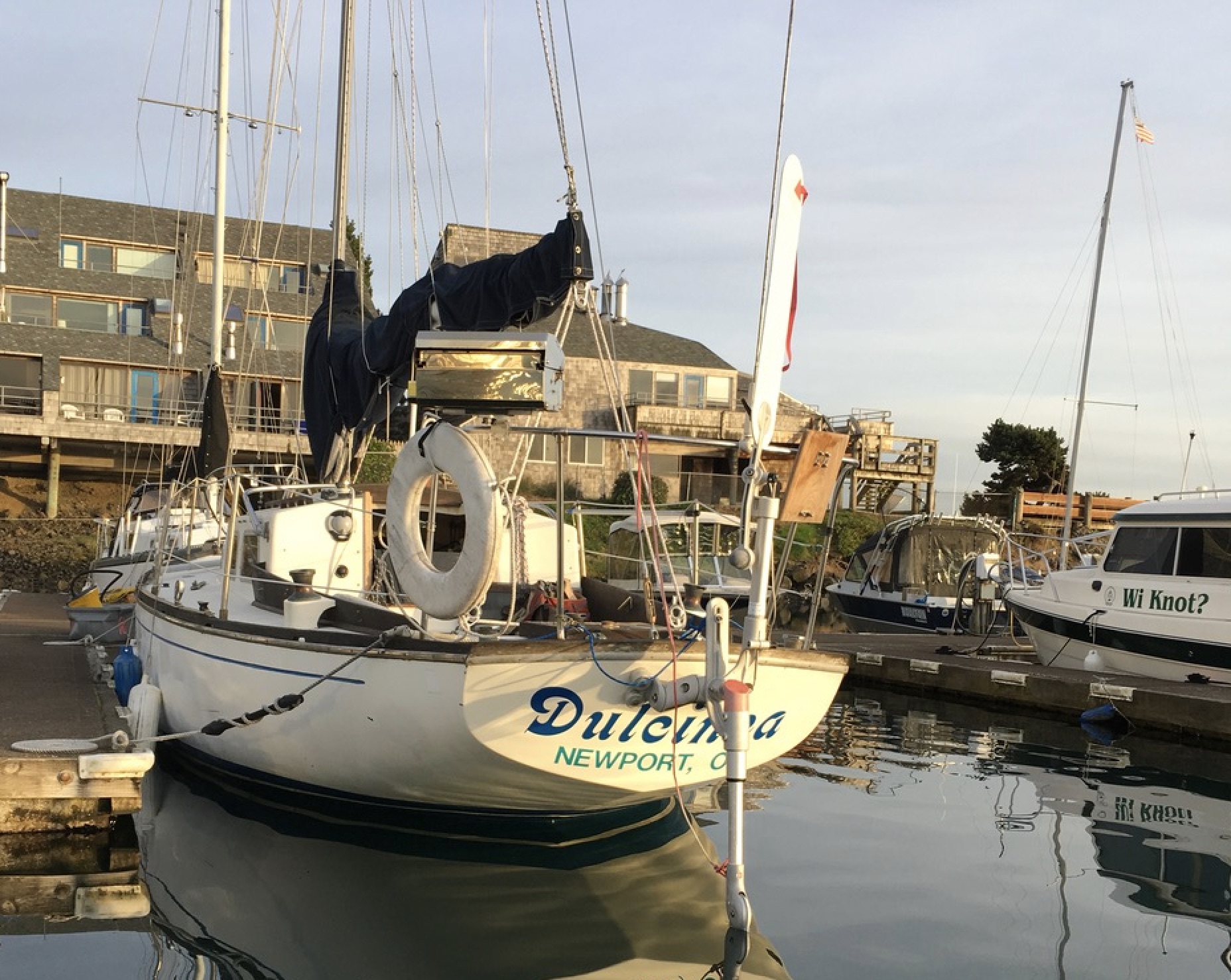
Alberg 35
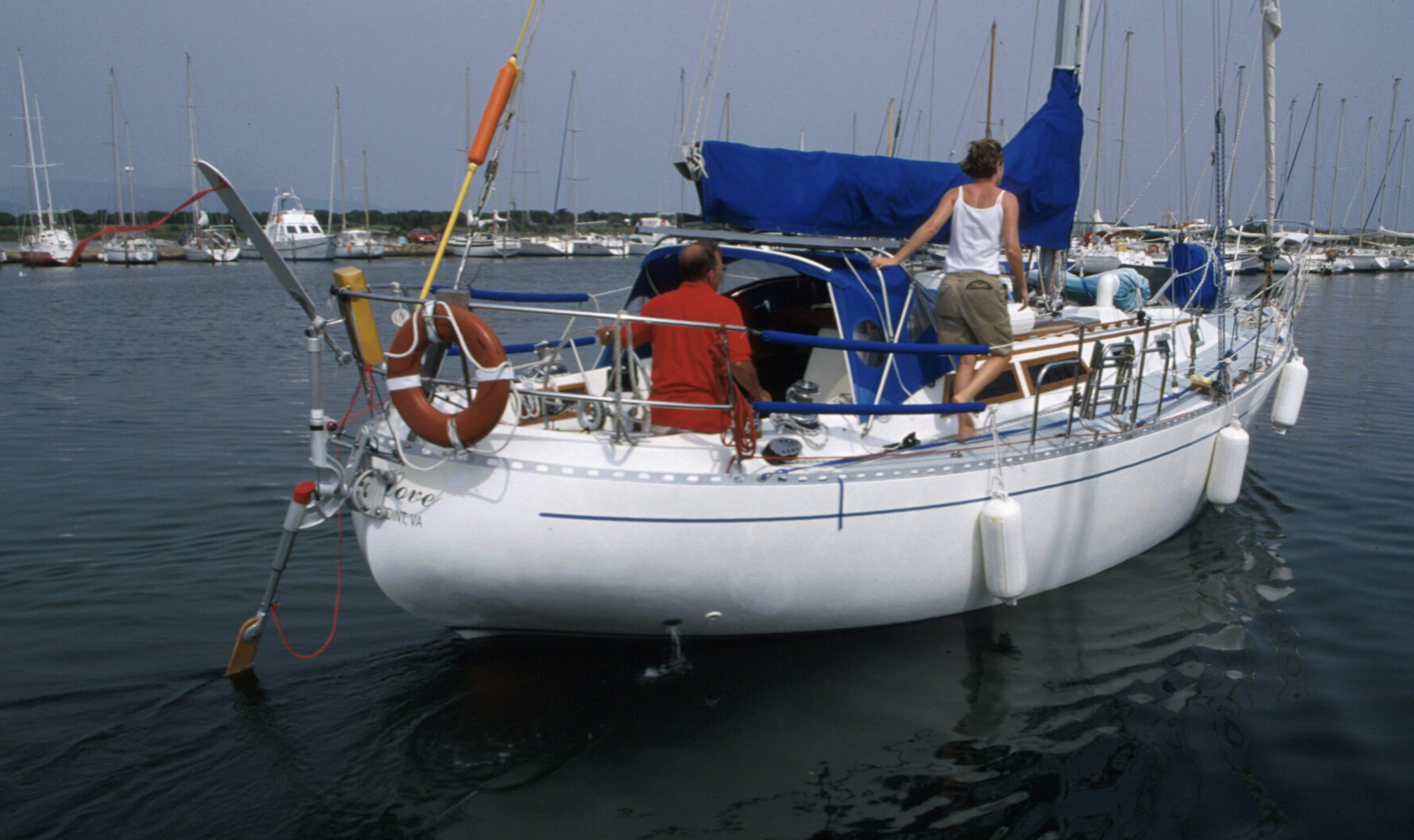
Valiant 37
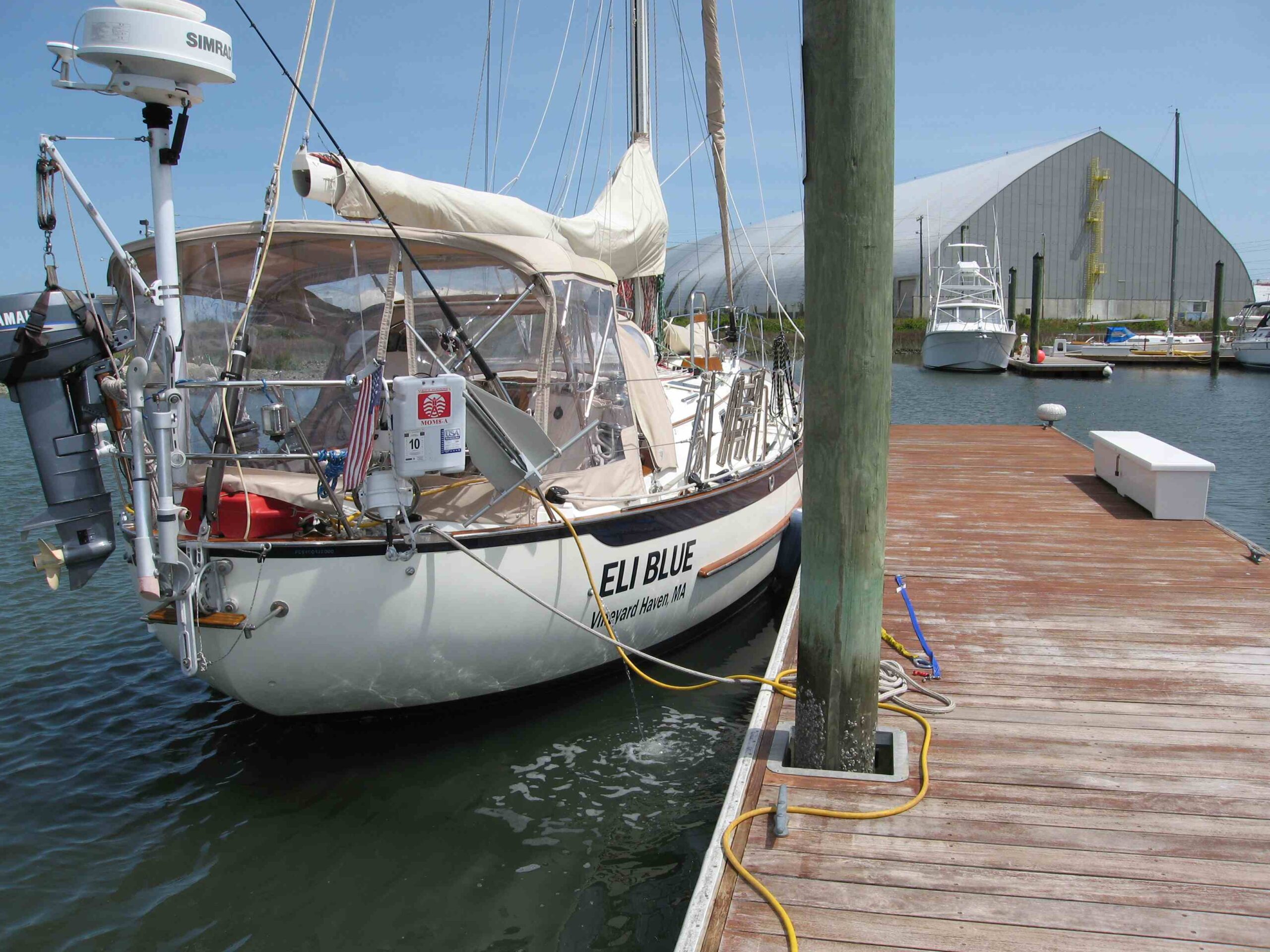
Valiant 42
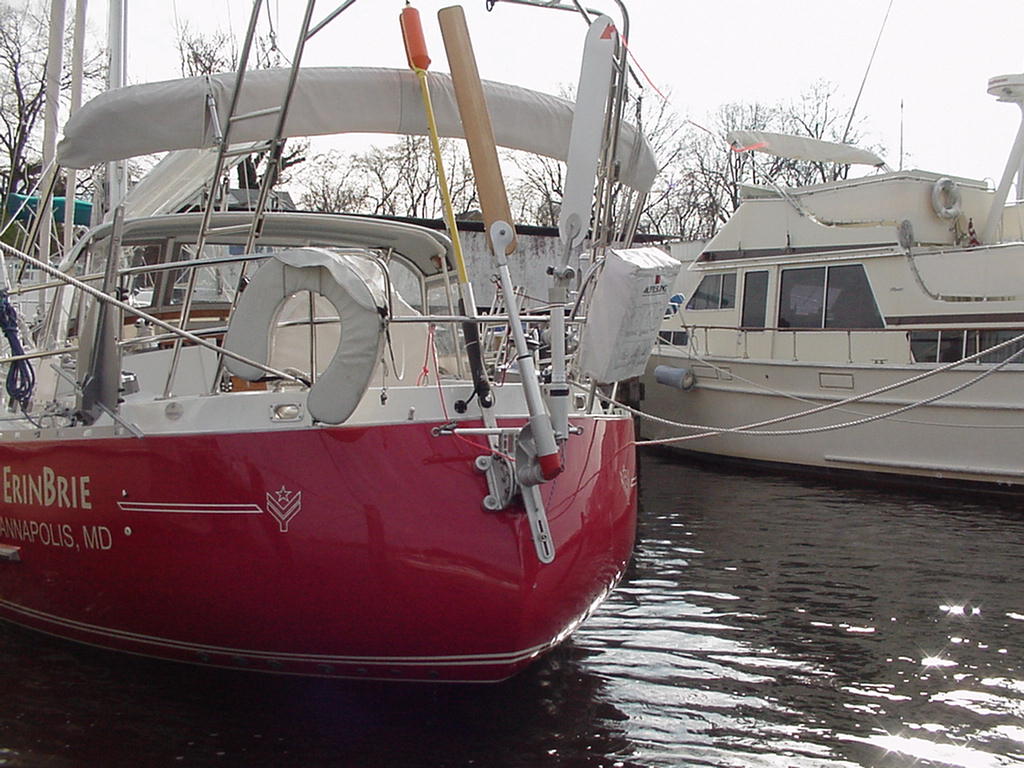
Valiant 50

Cabo Rico 34
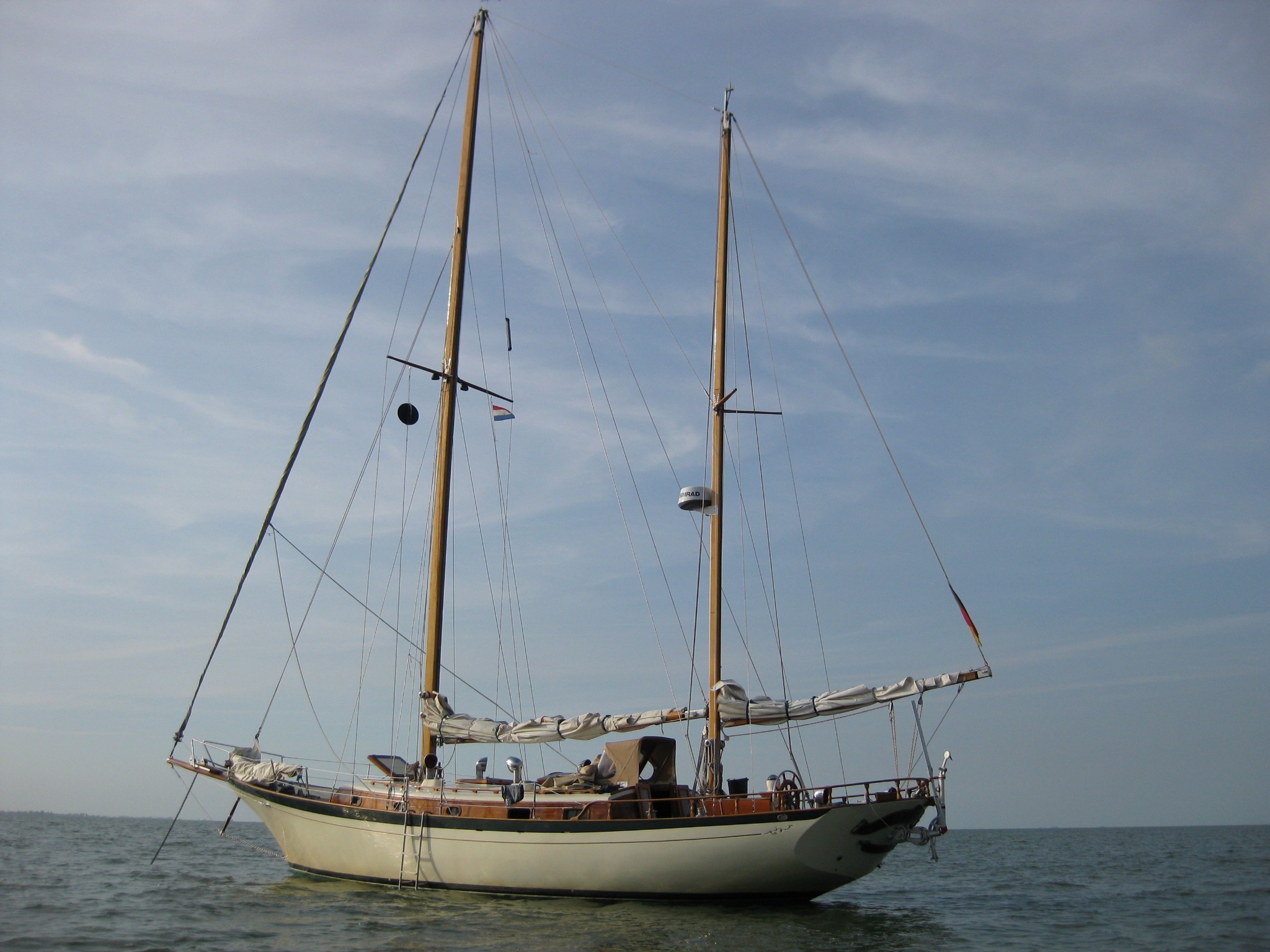
Cheoy Lee 42
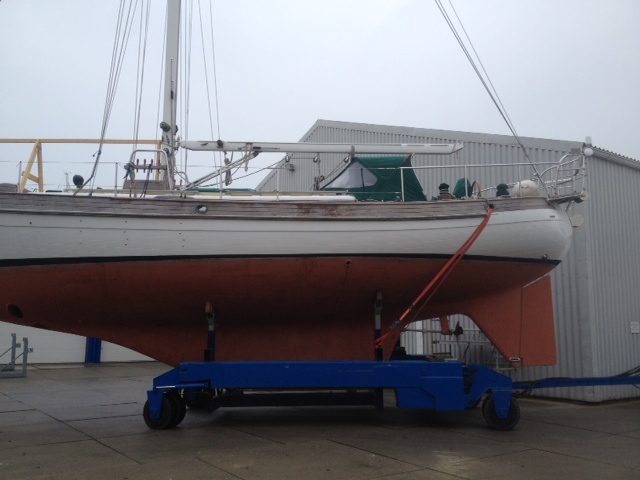
Hans Christian 43
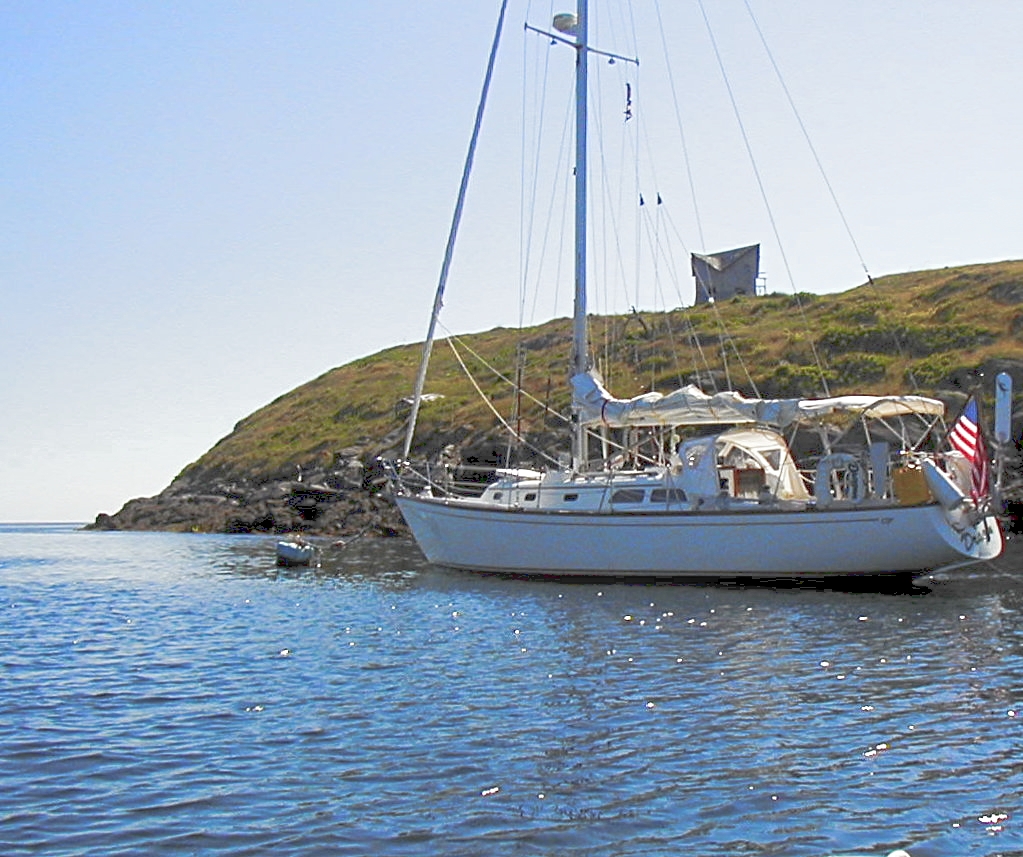
Hinckley 39
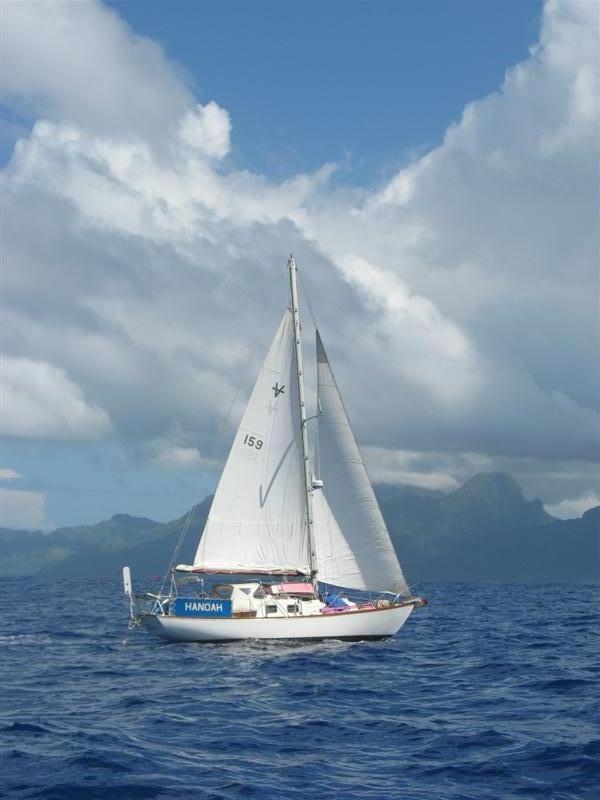
Pearson 32
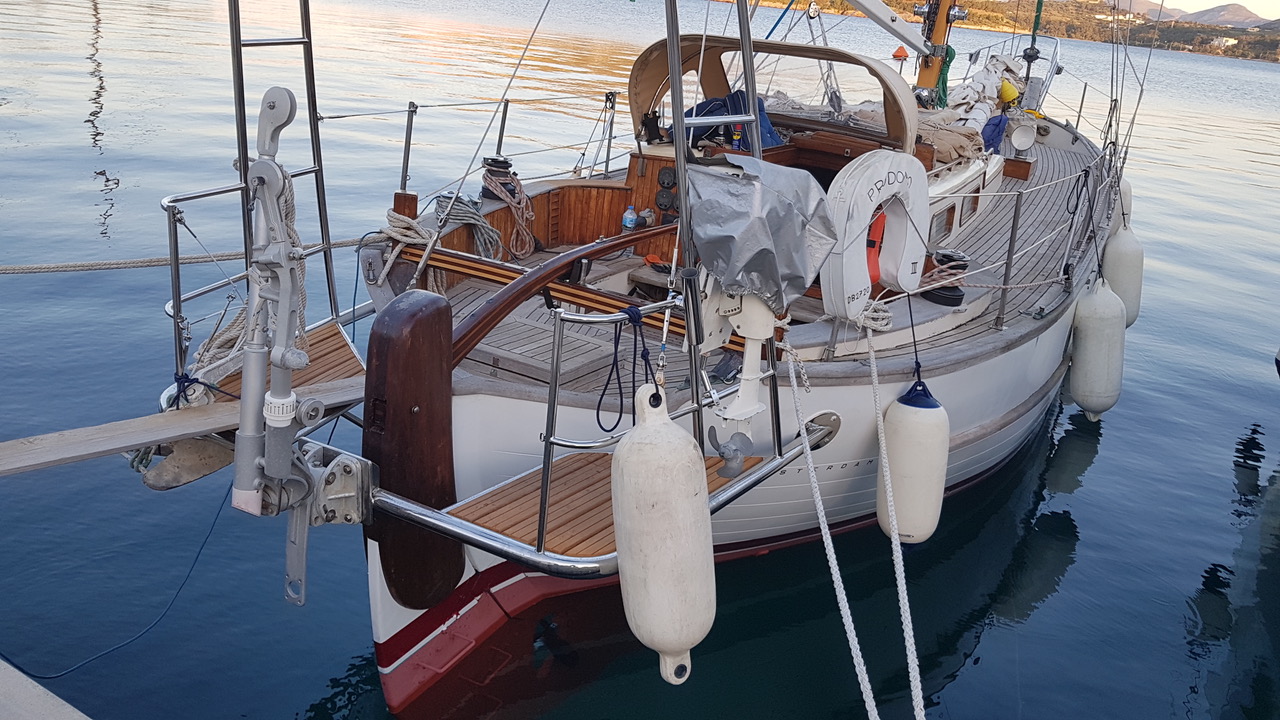
Colin Archer 38
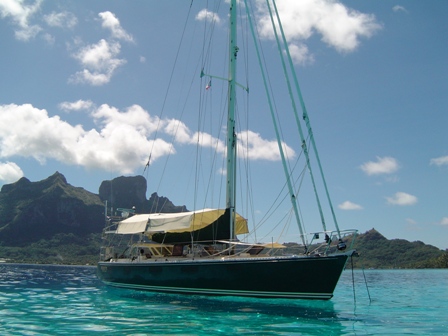
Apogee 50
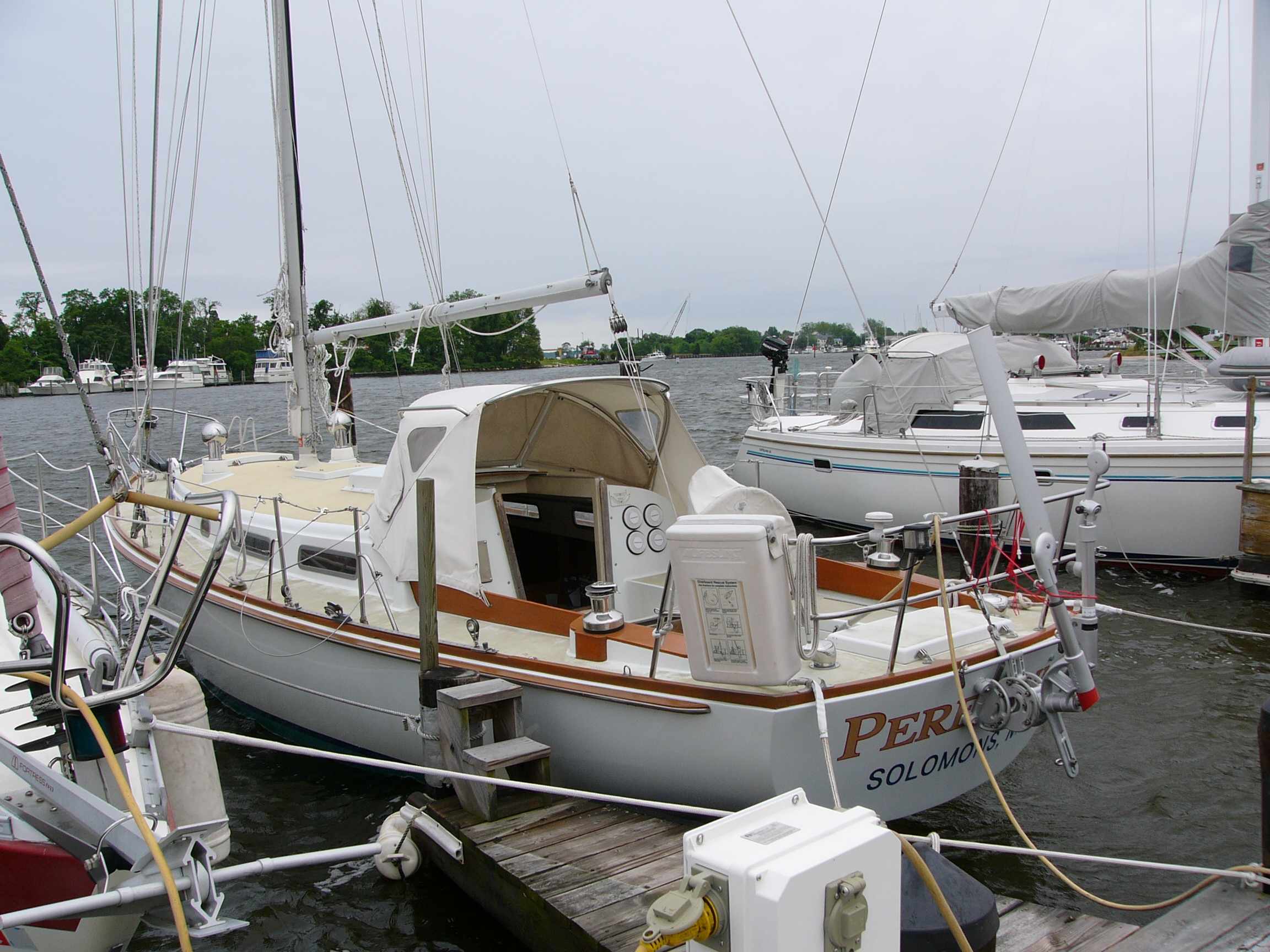
Bristol 34
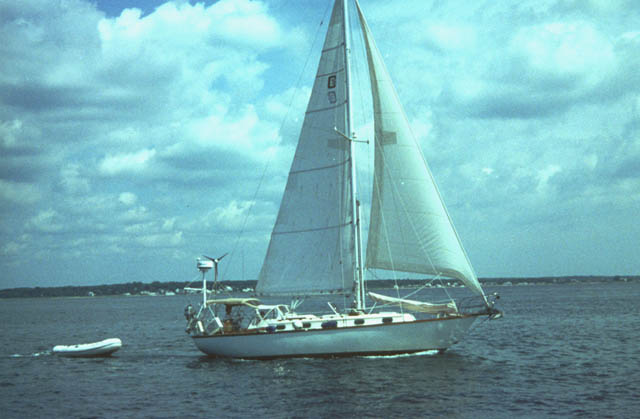
Cape Dory 36
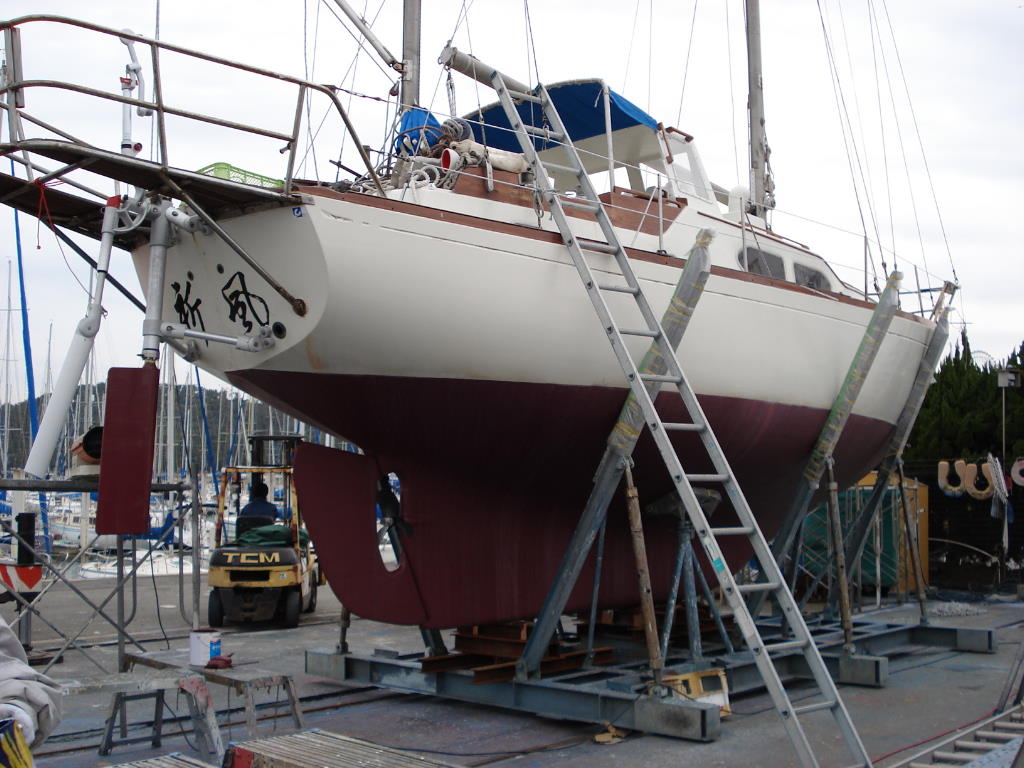
Chris Craft 35
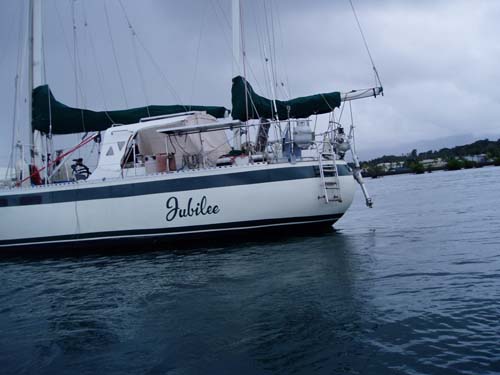
Corbin 39
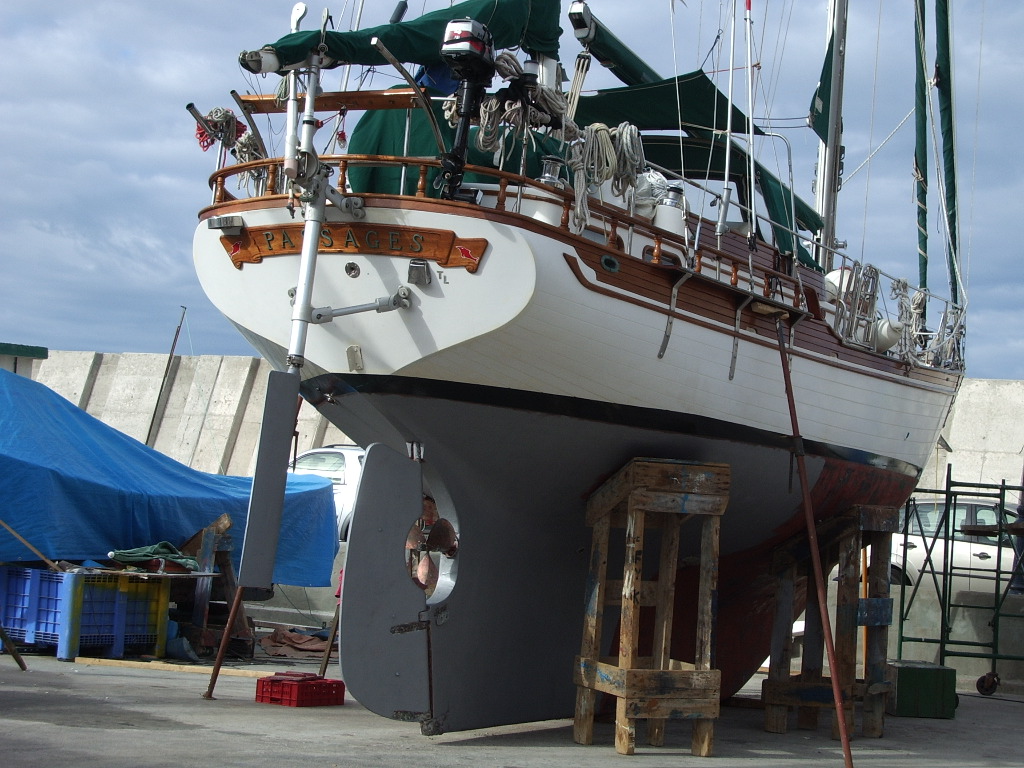
CT 41
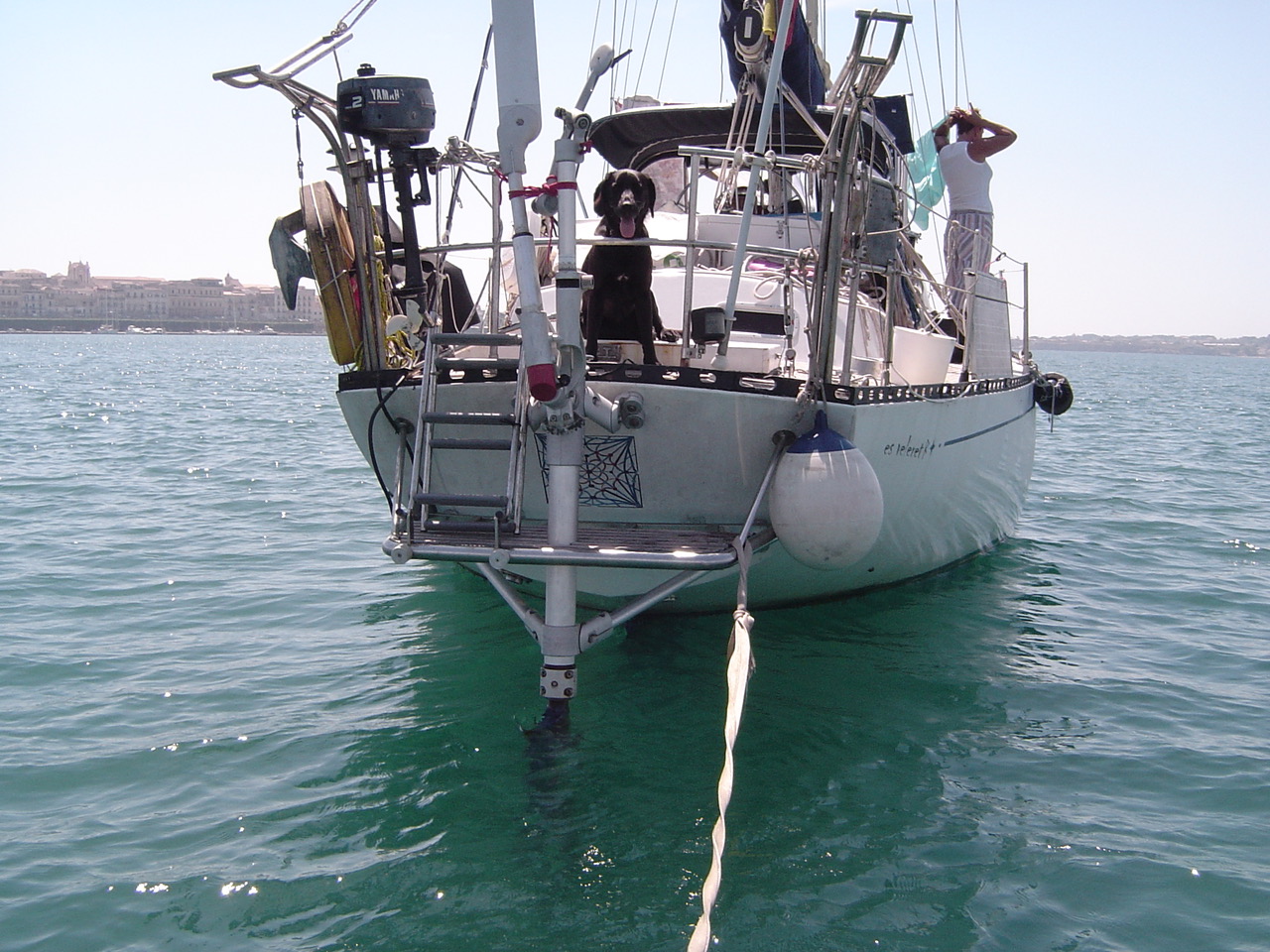
CT 49
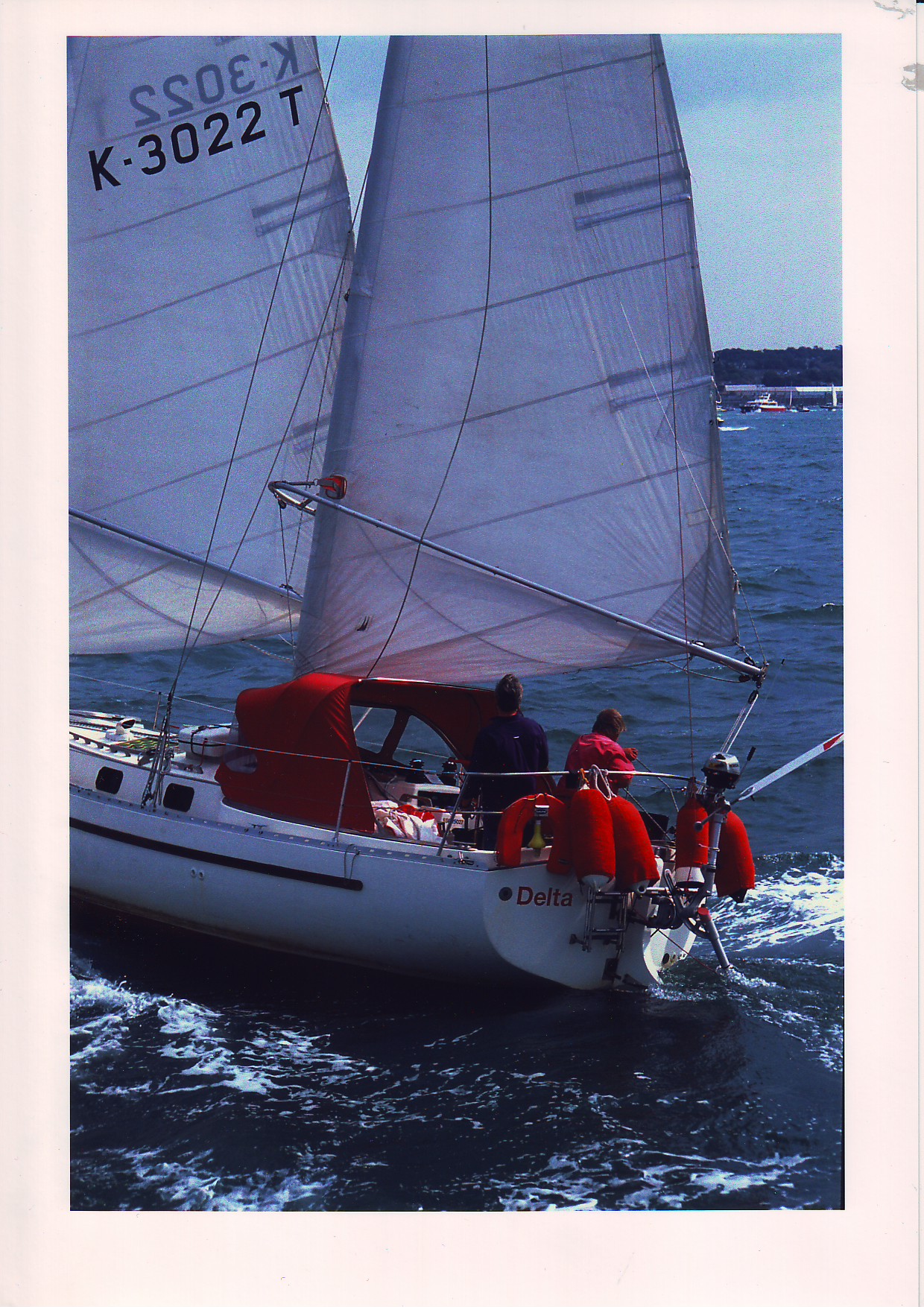
Freedom 35
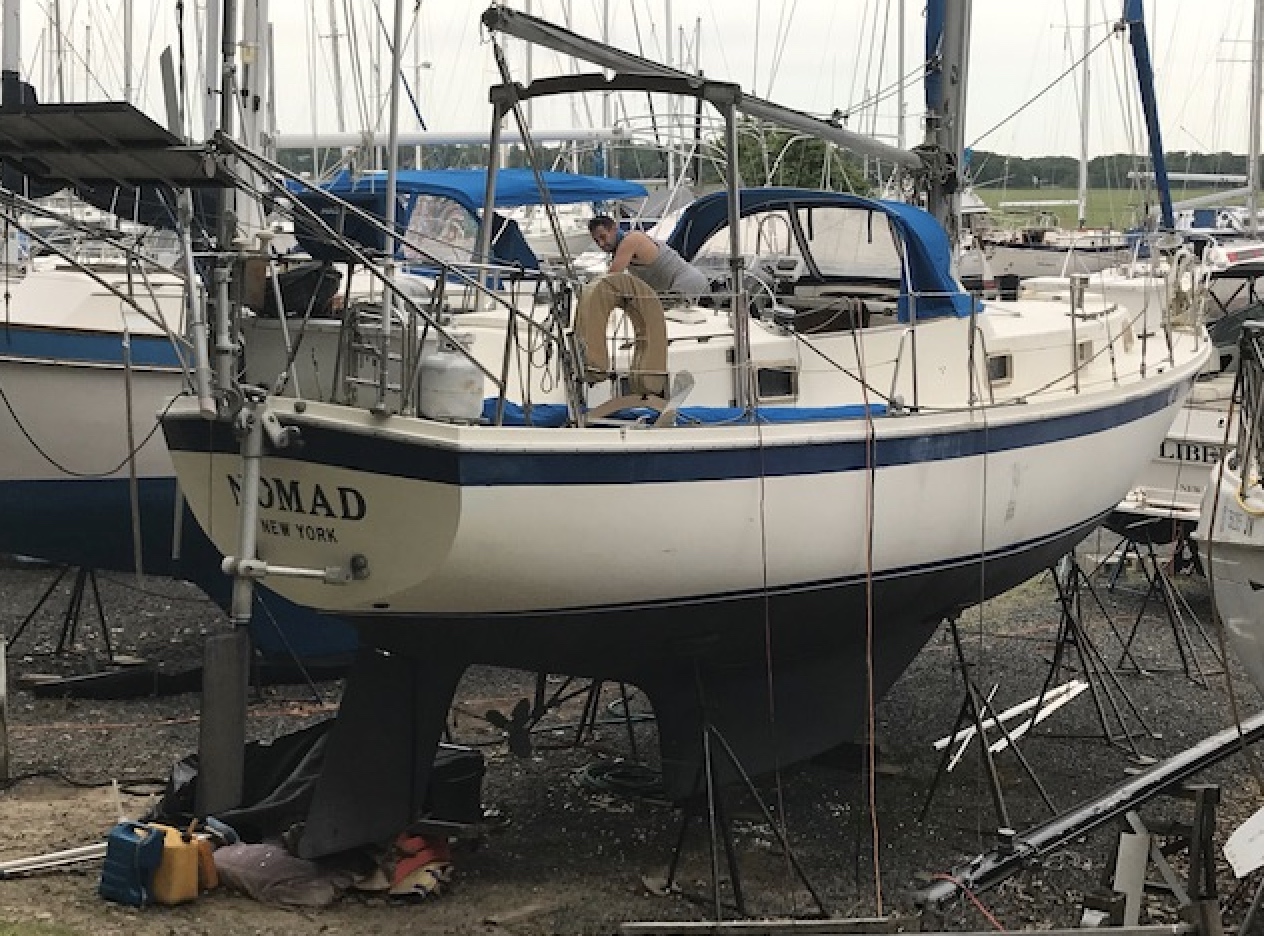
Gulf Star 41
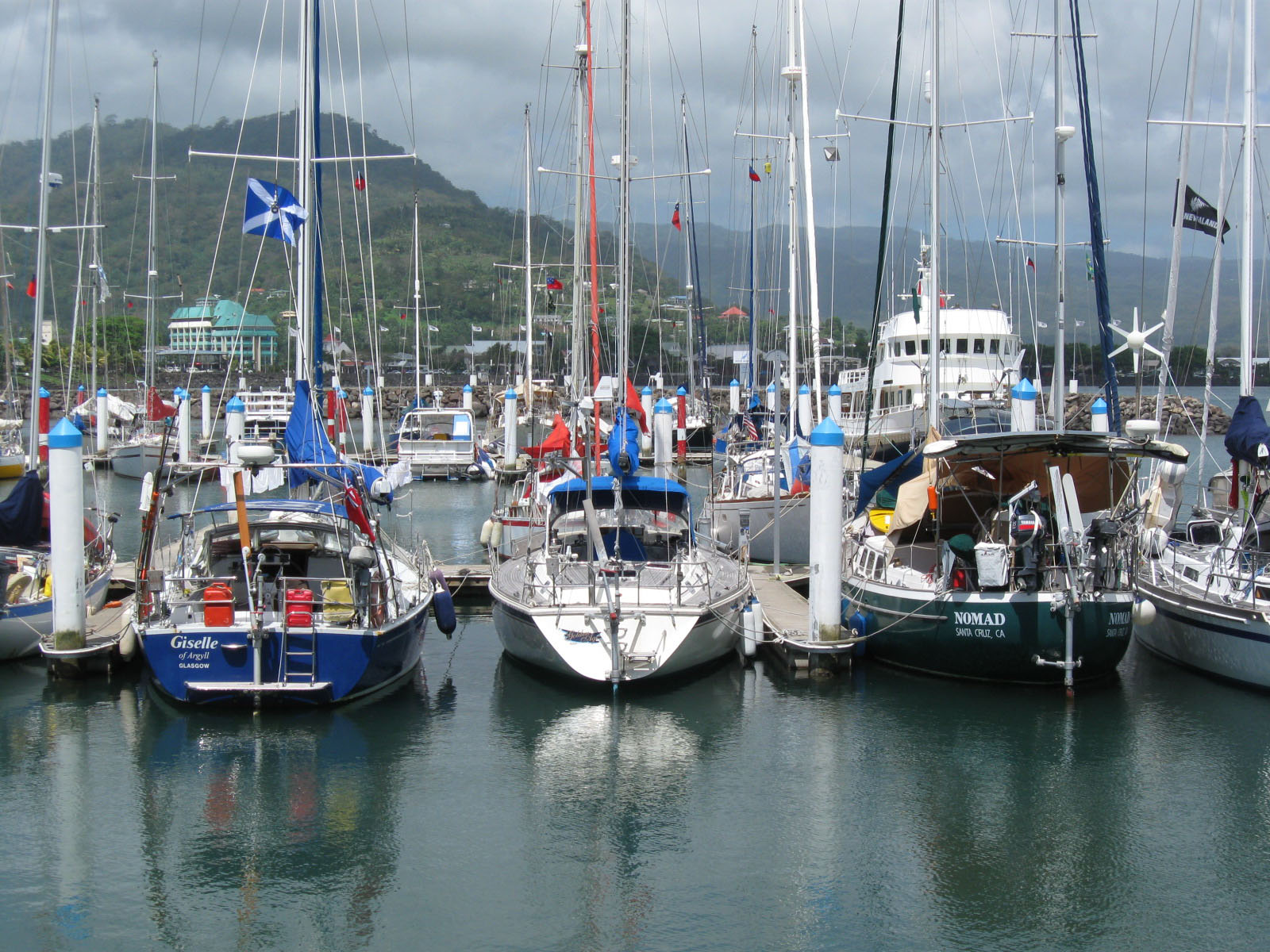
Westsail 42

Westsail 32
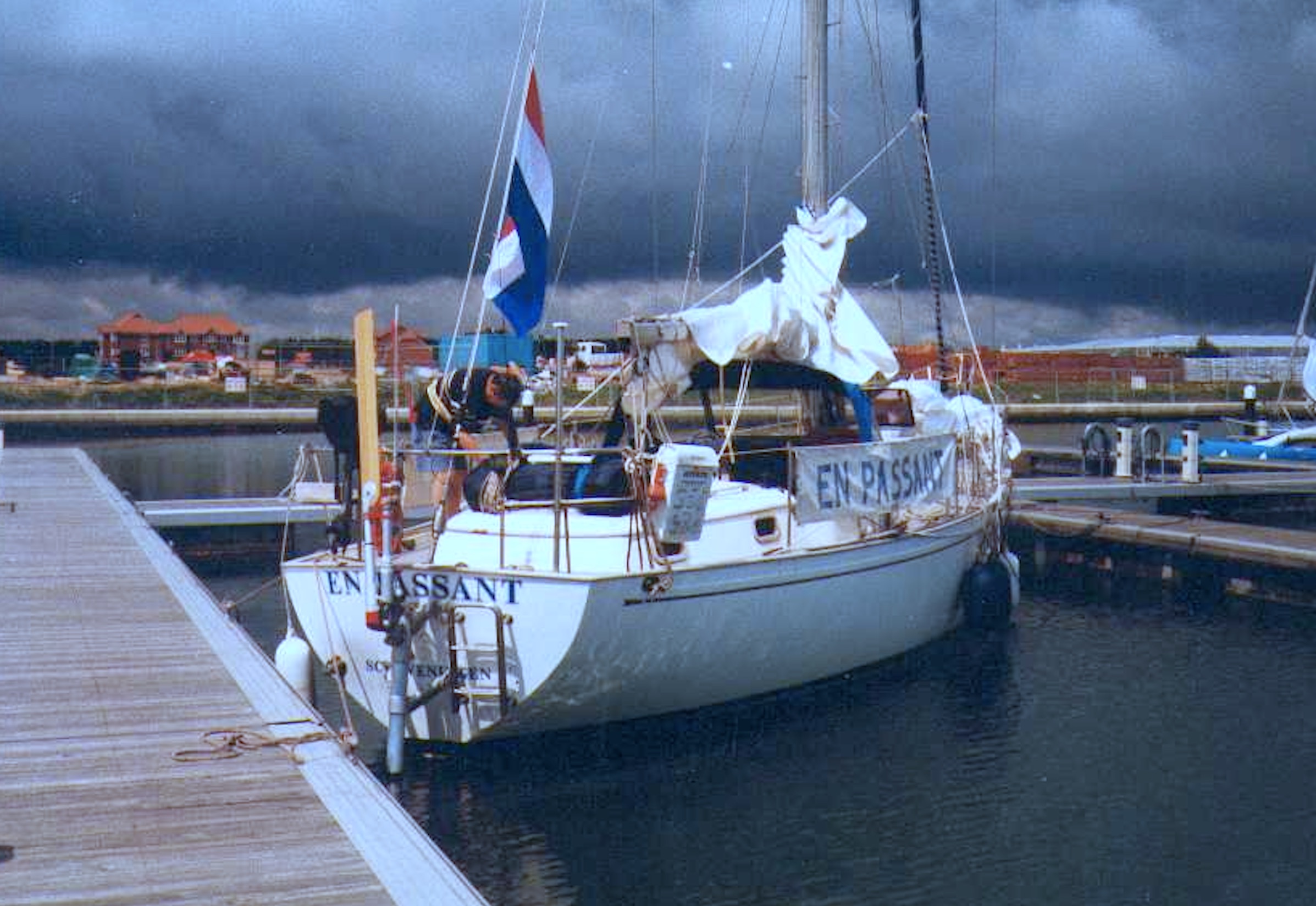
Whitby 42
































